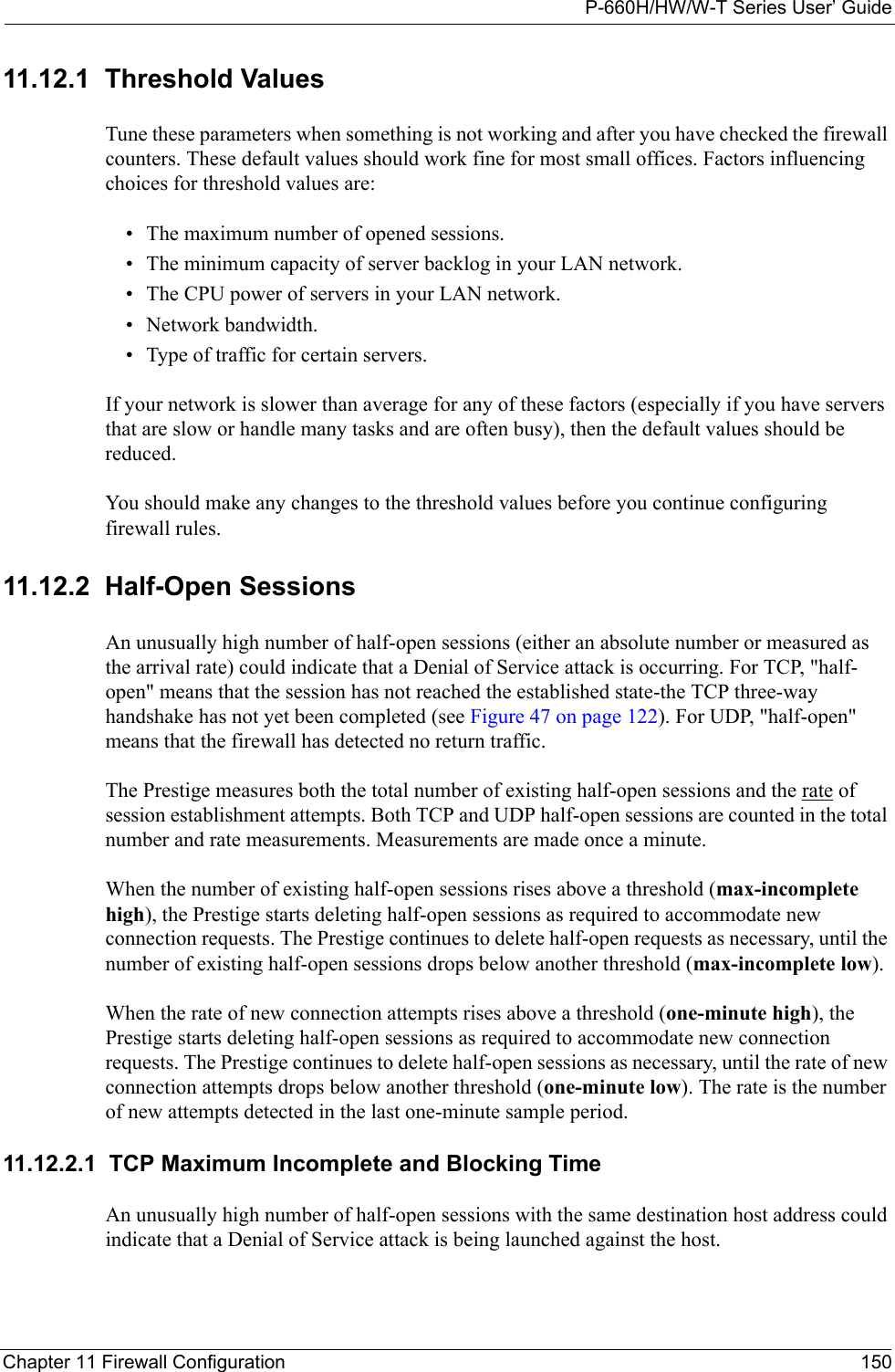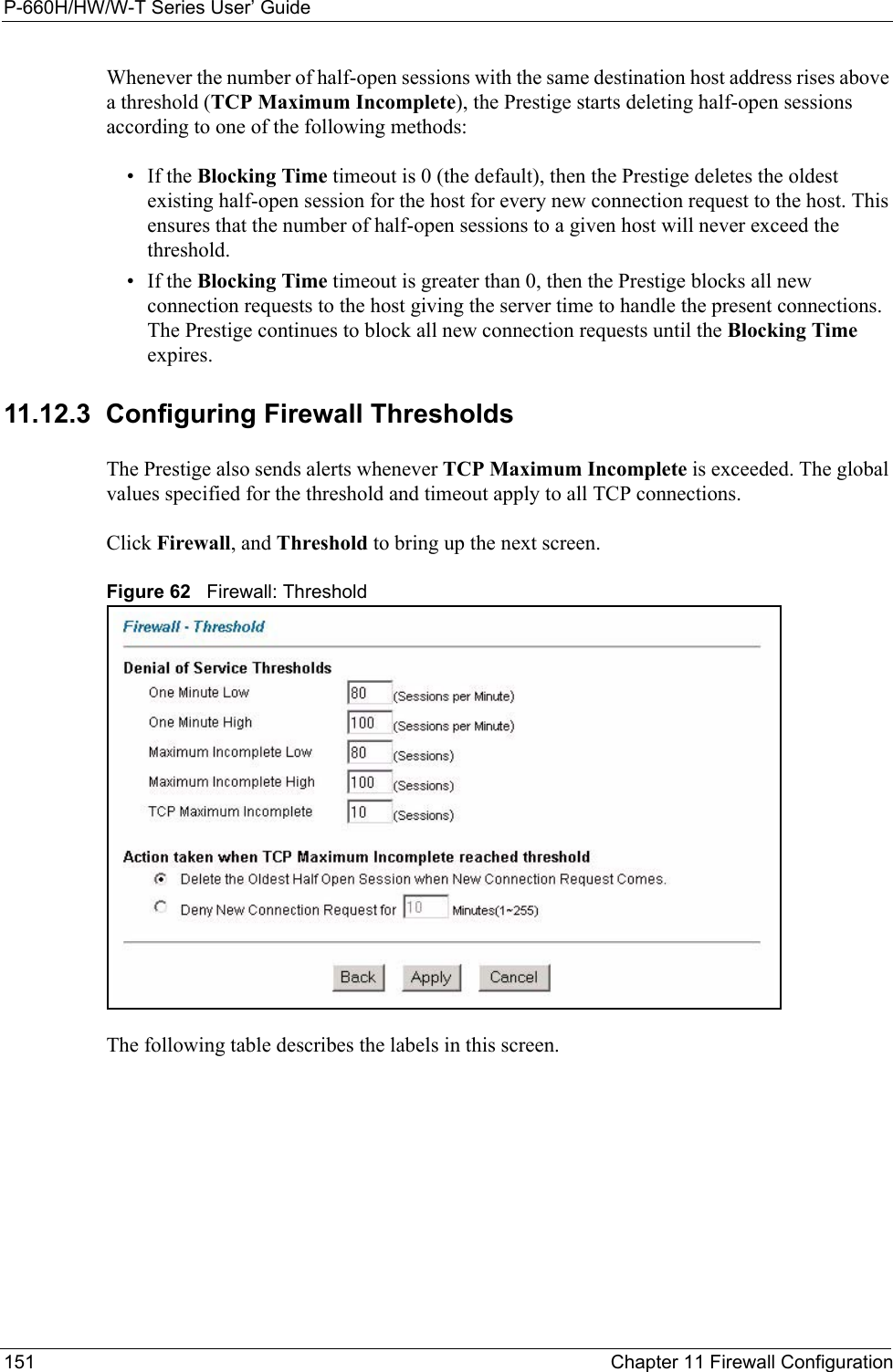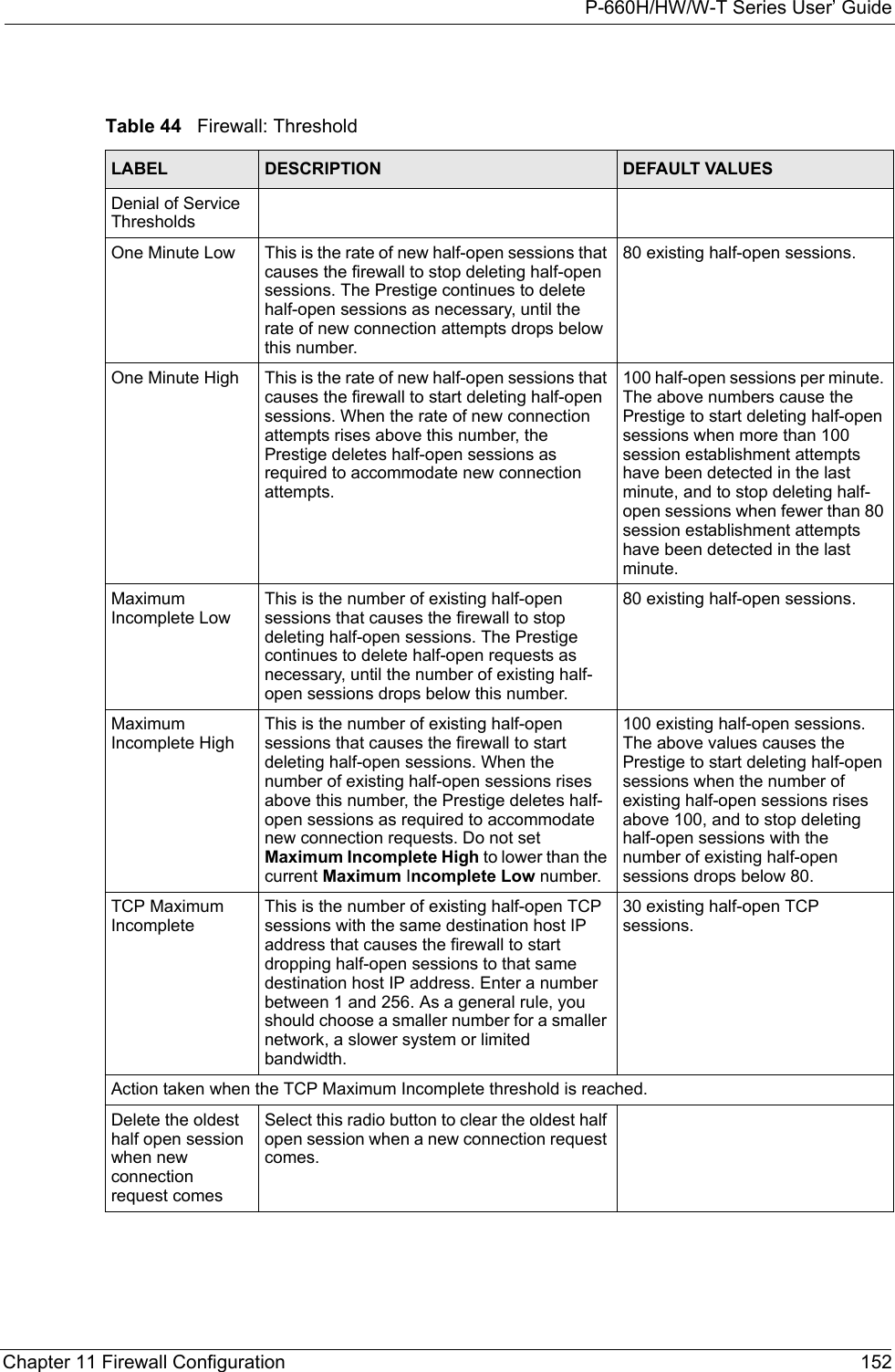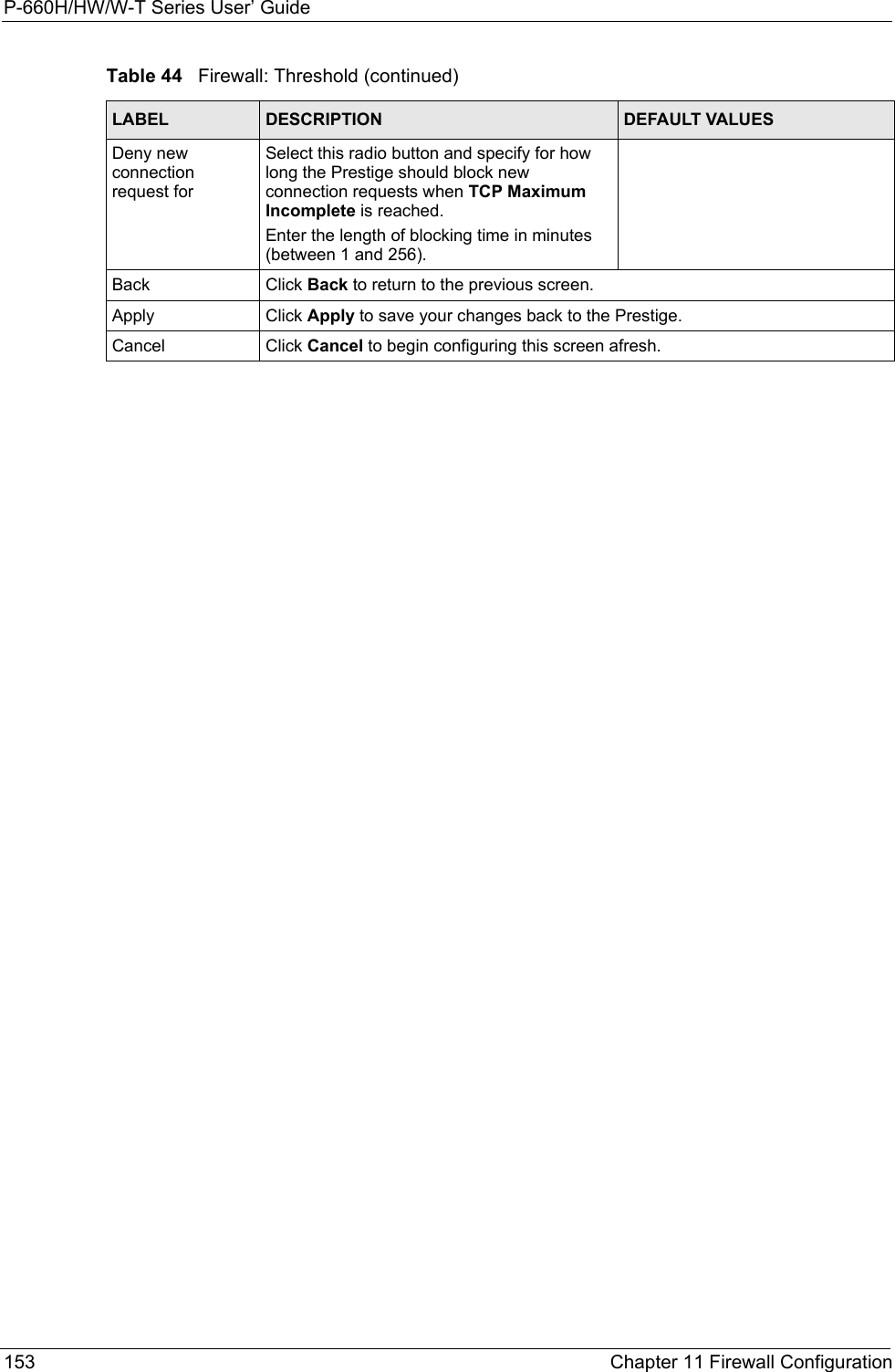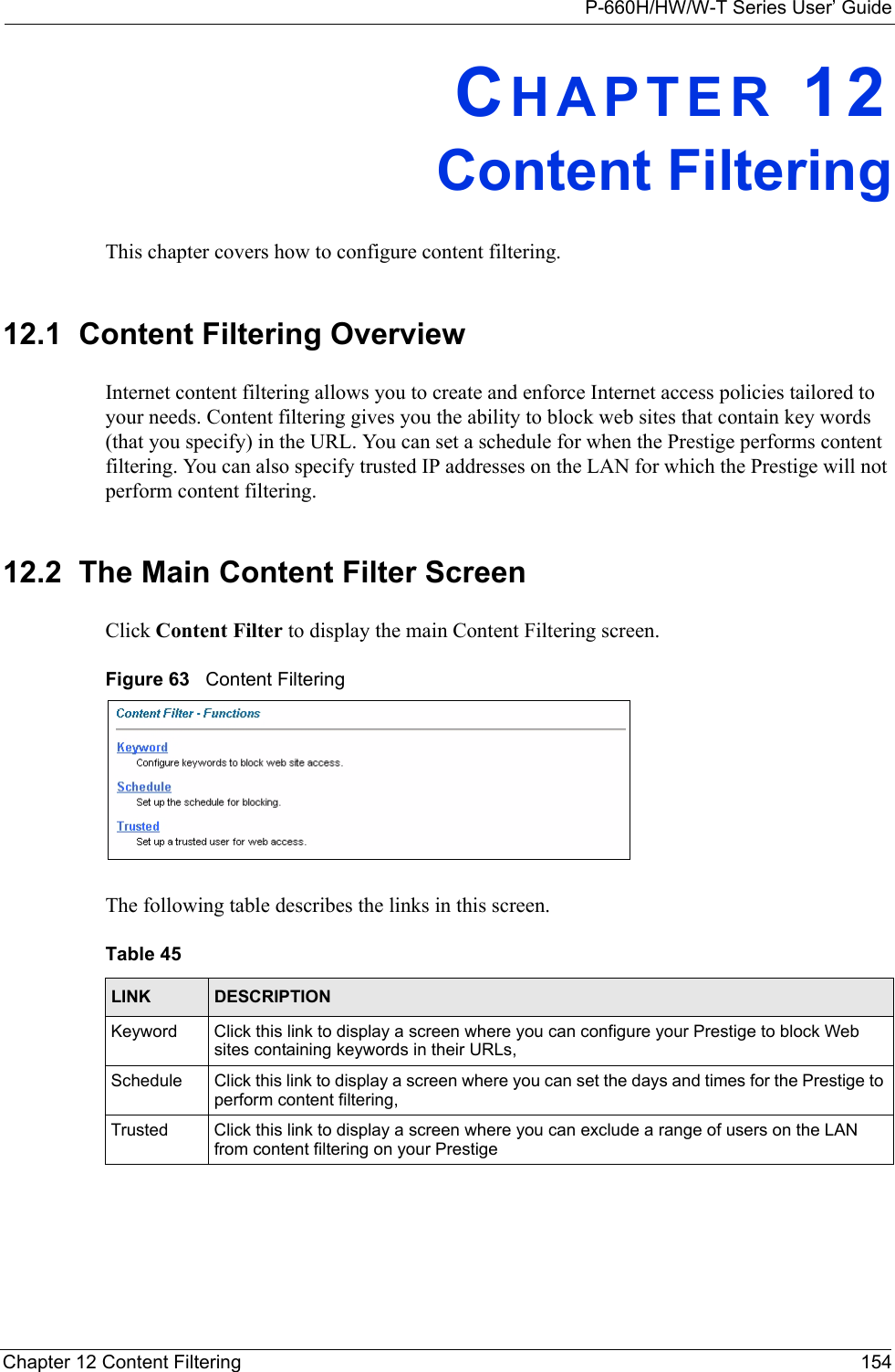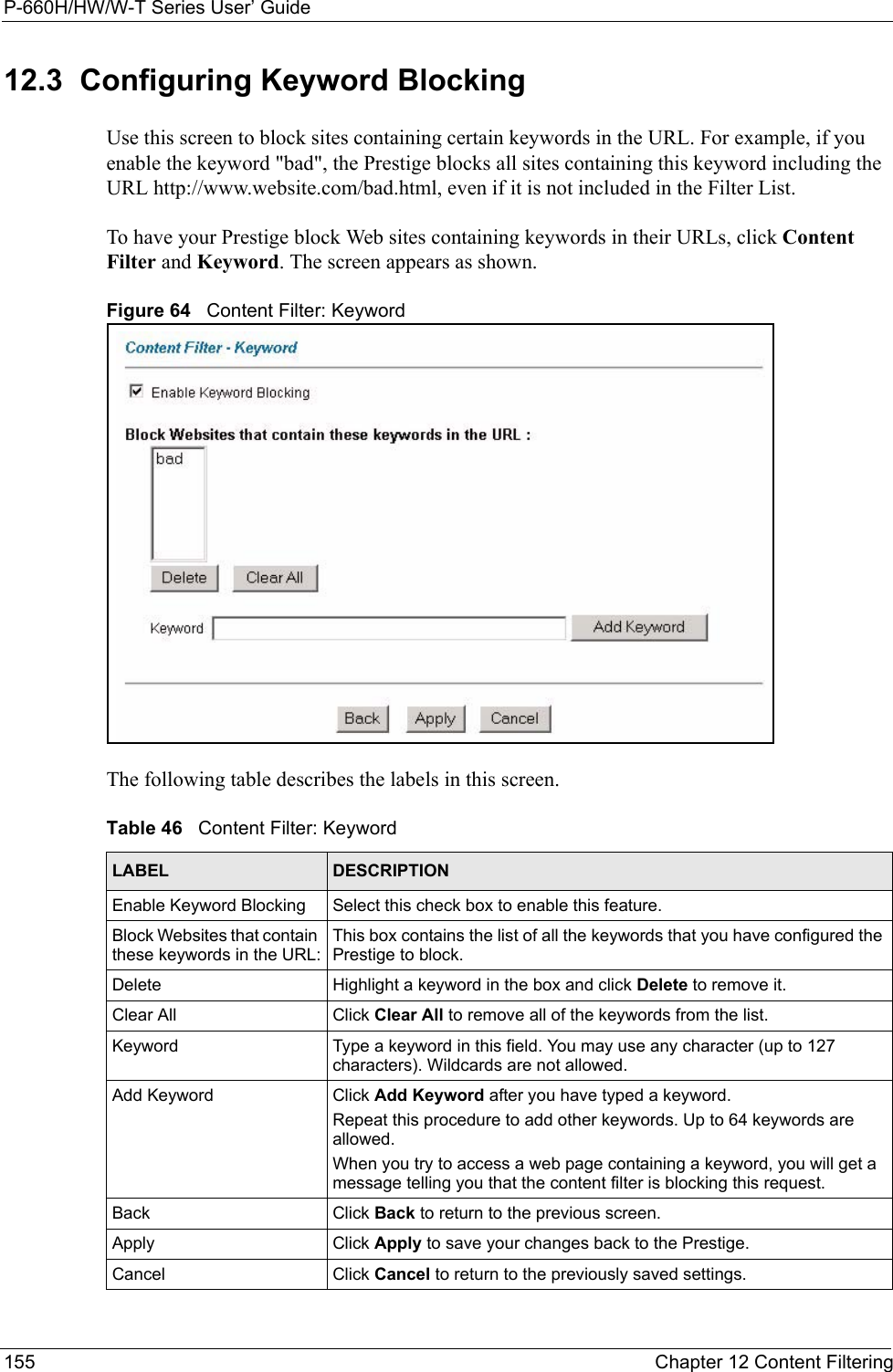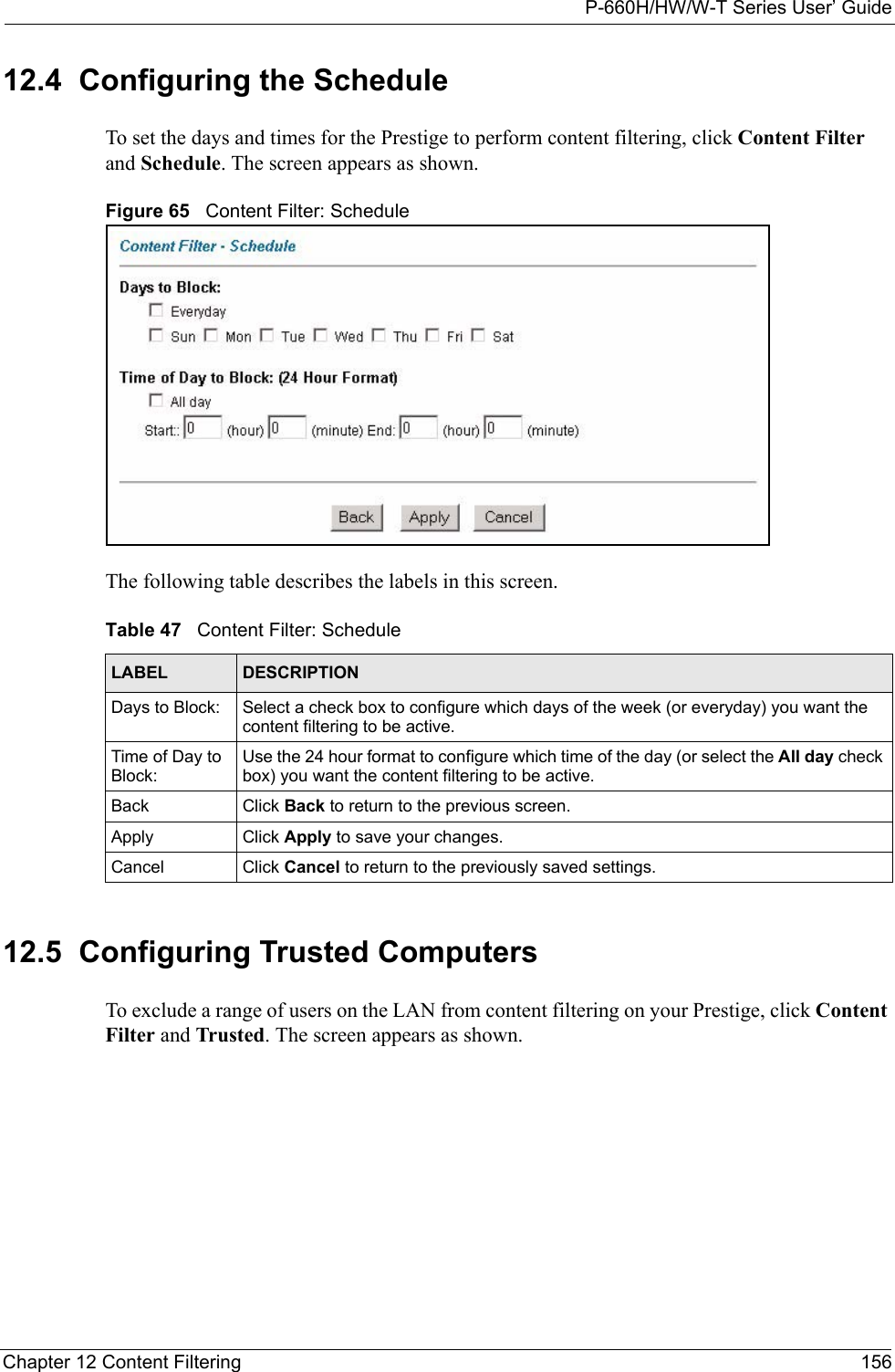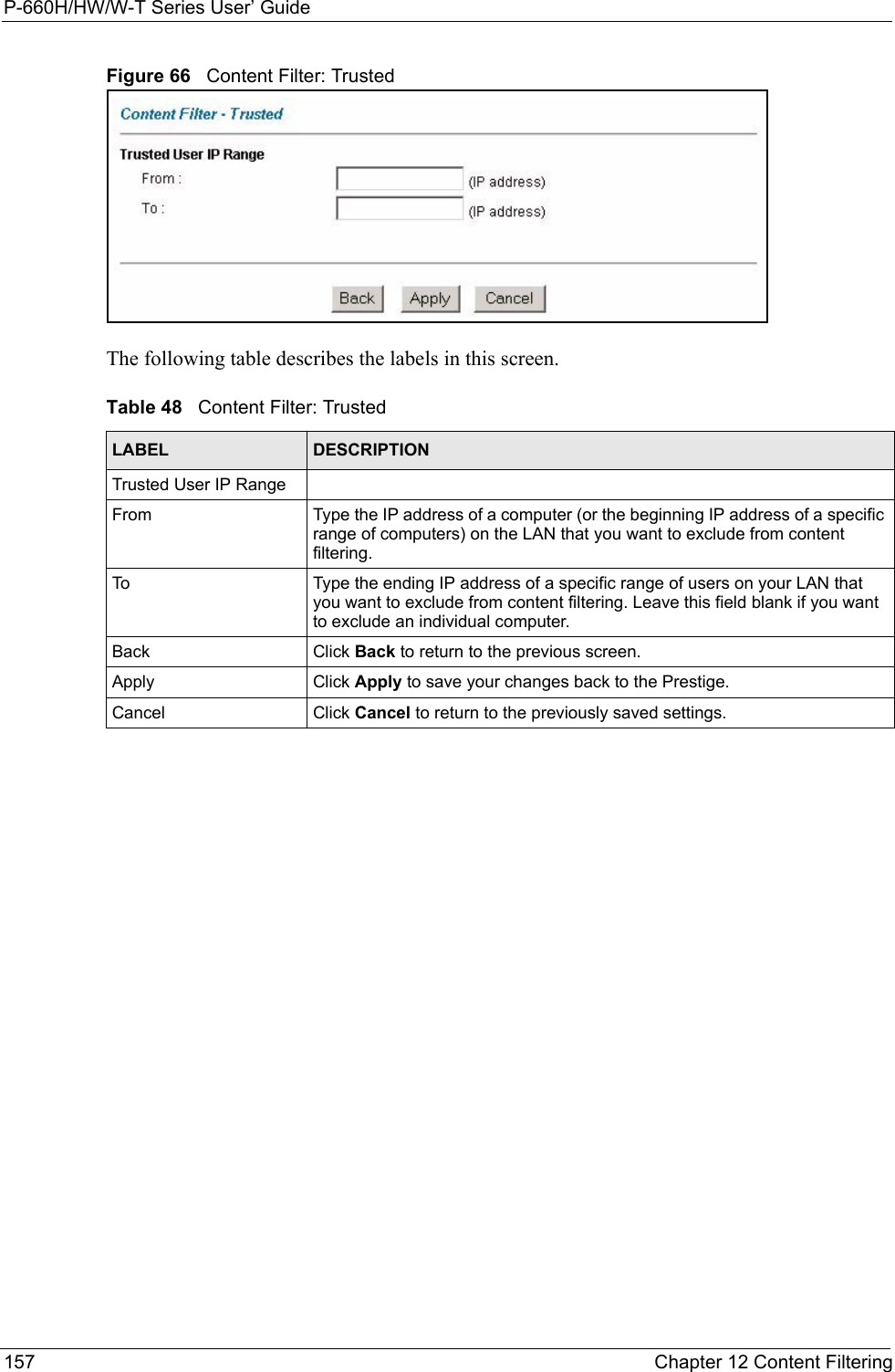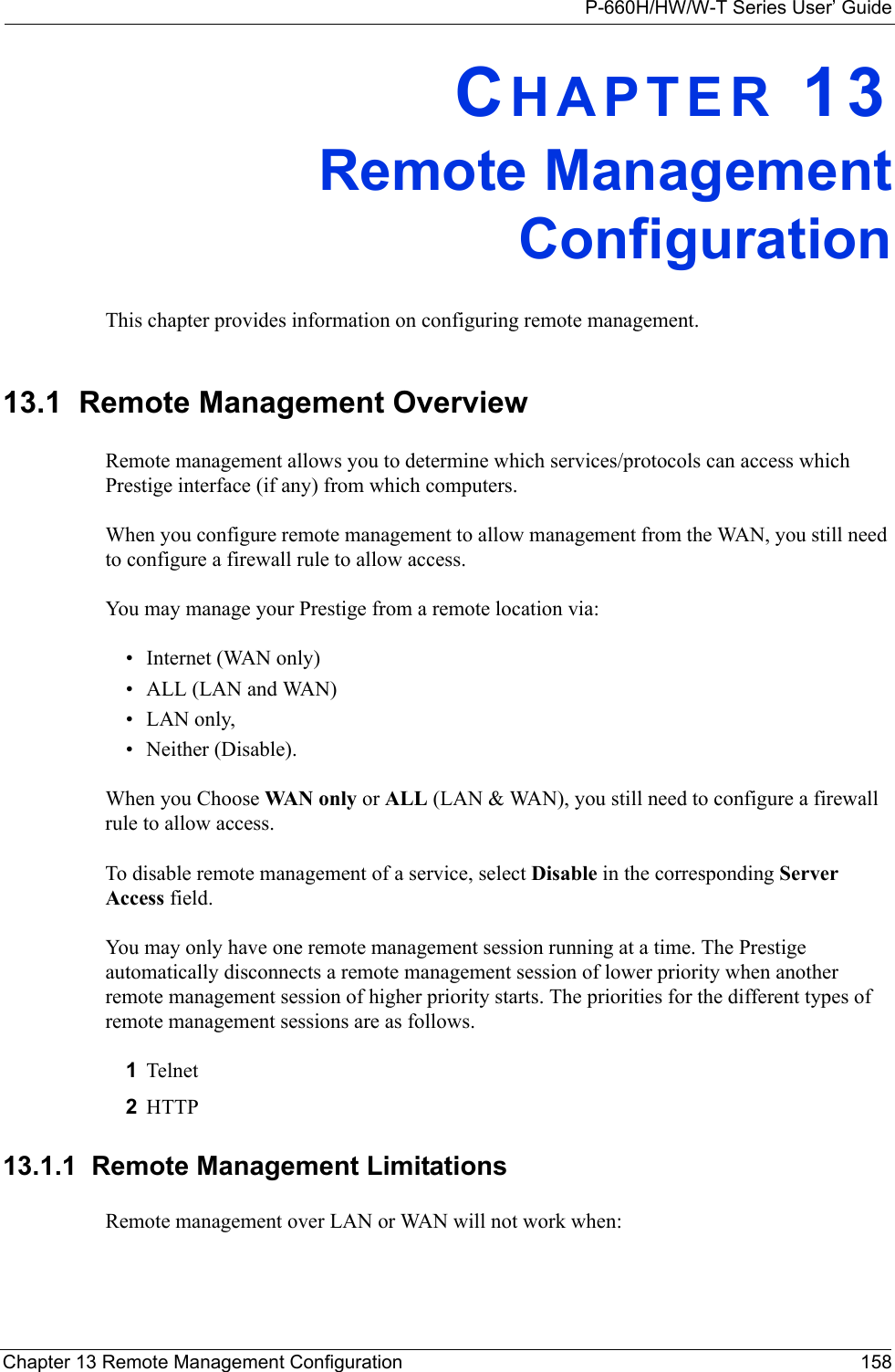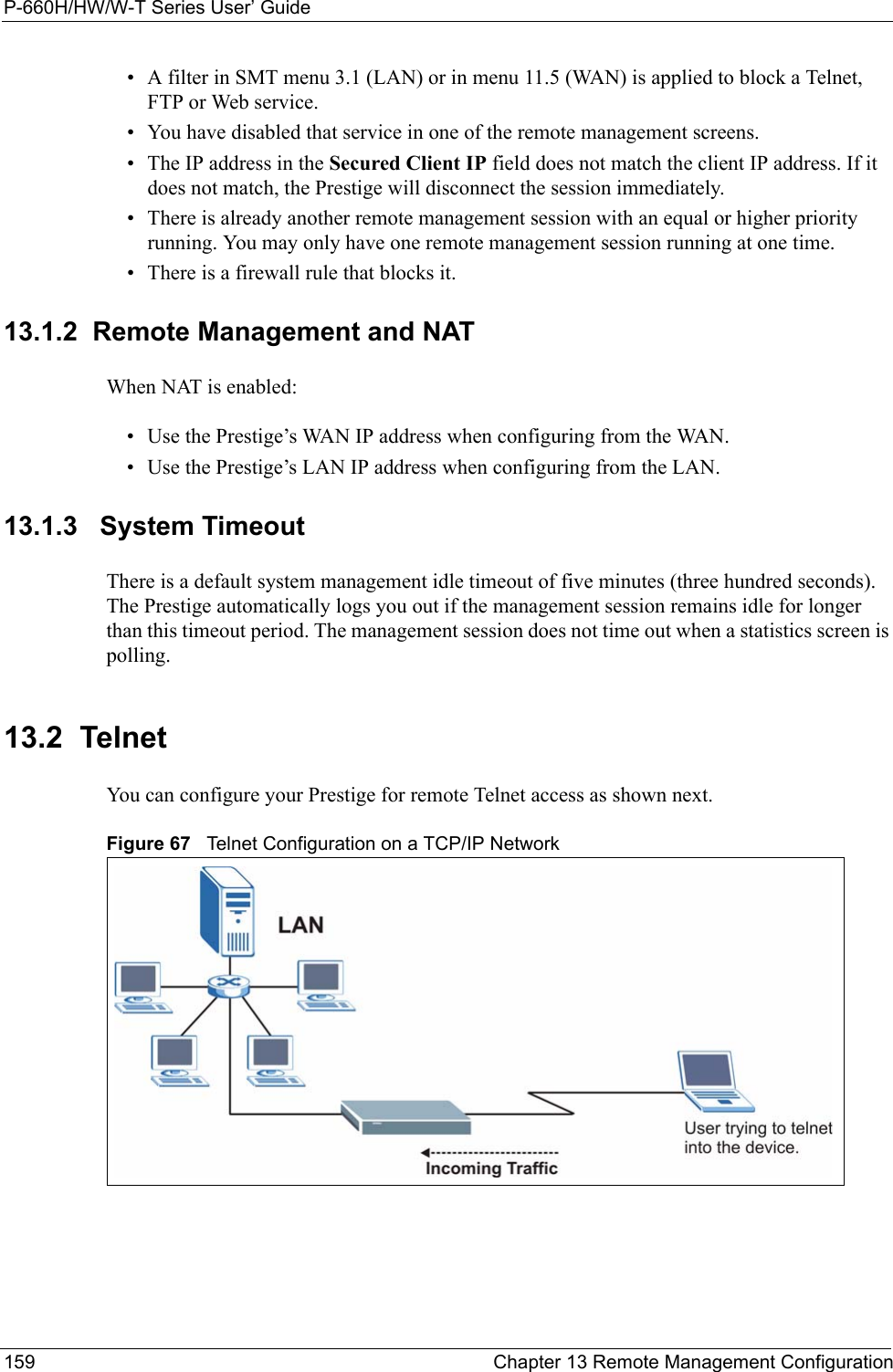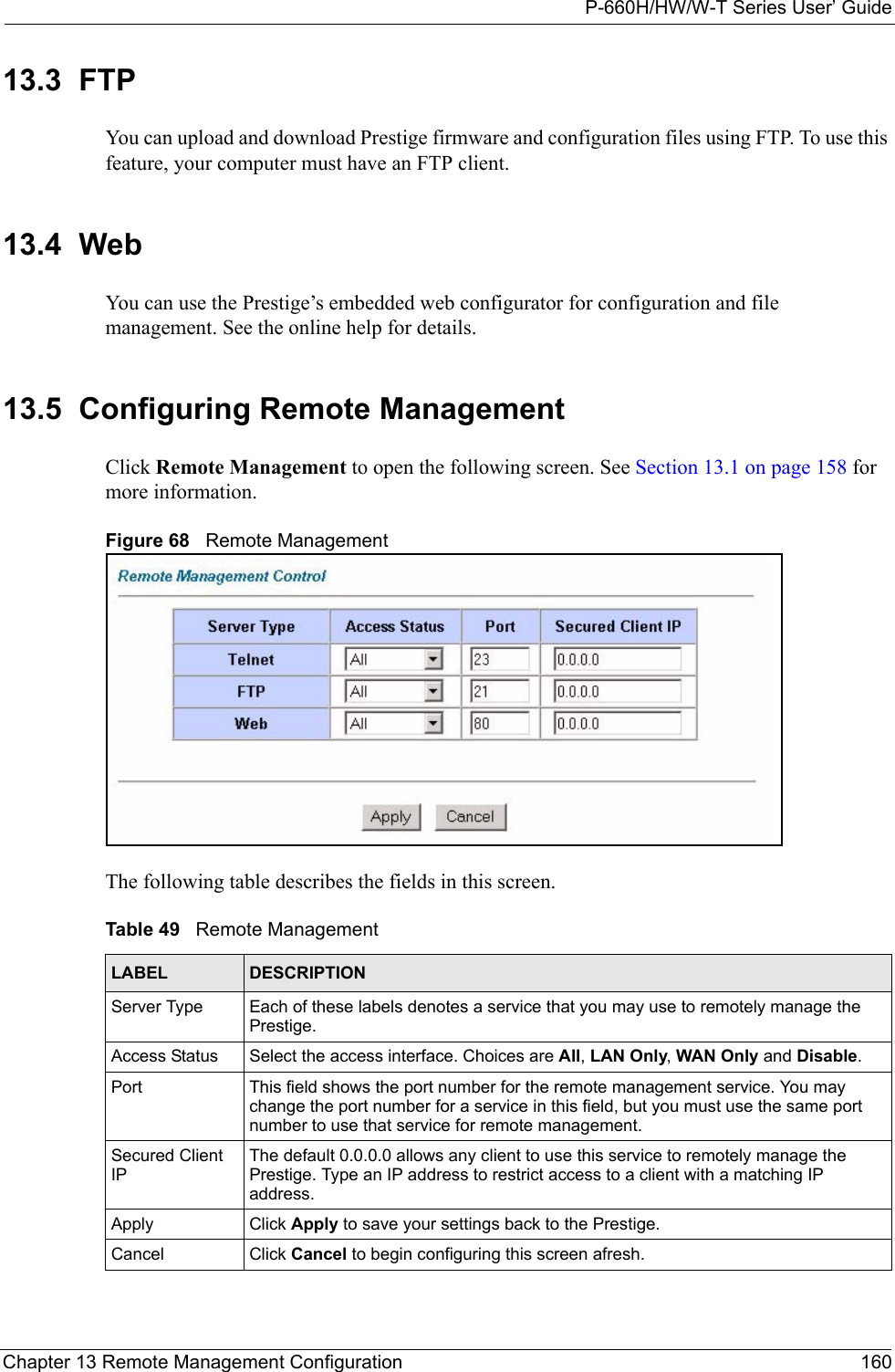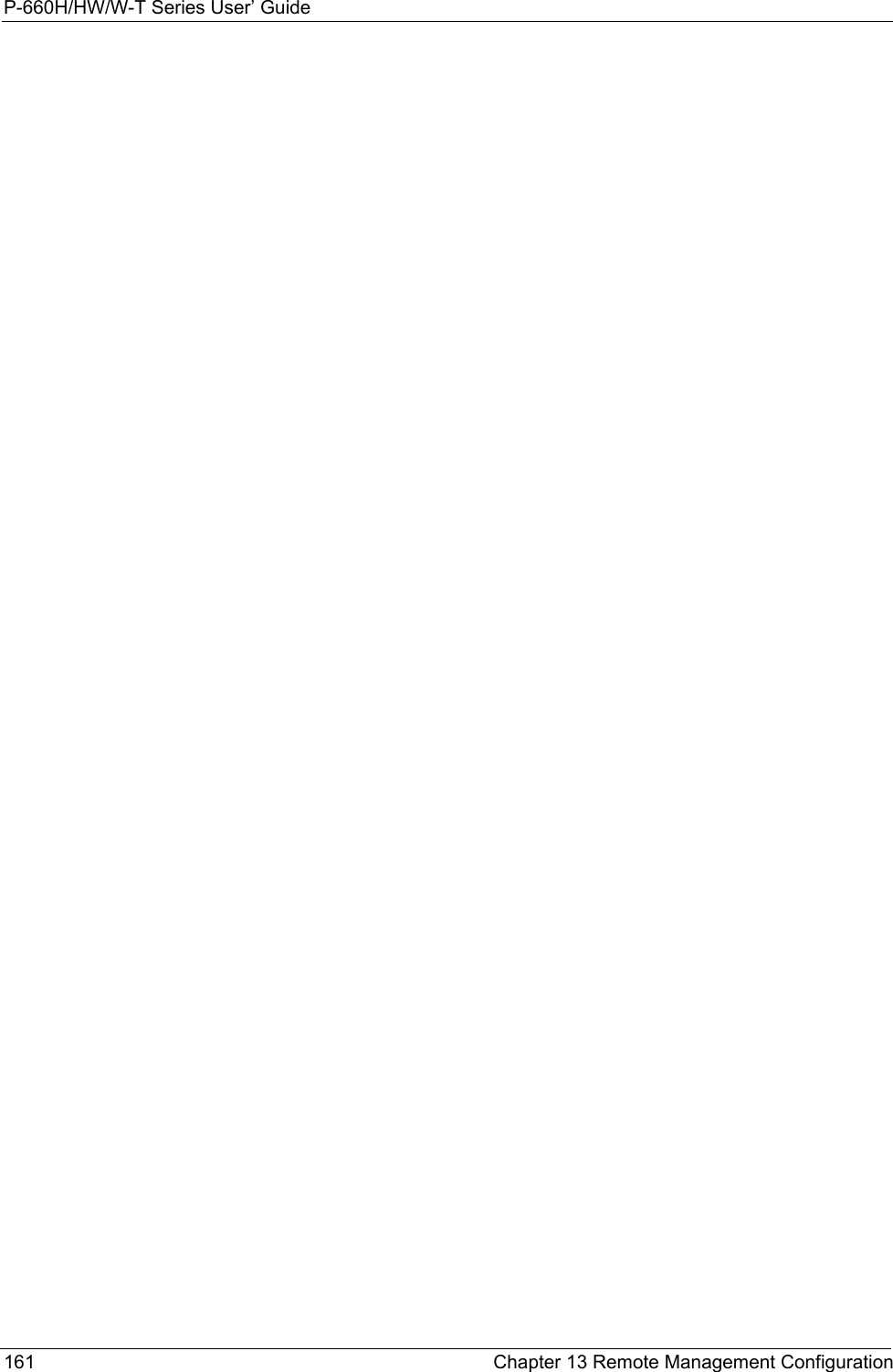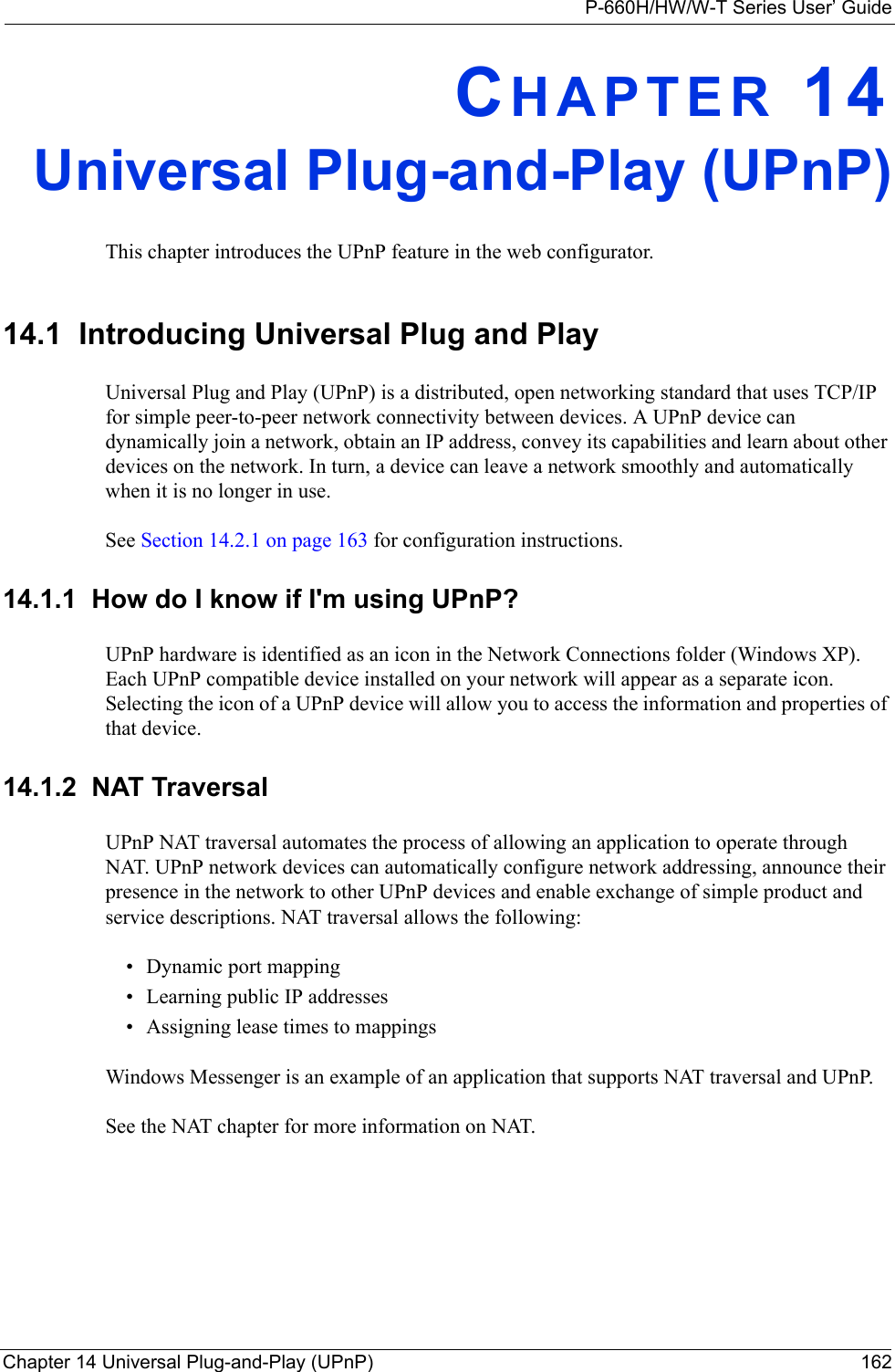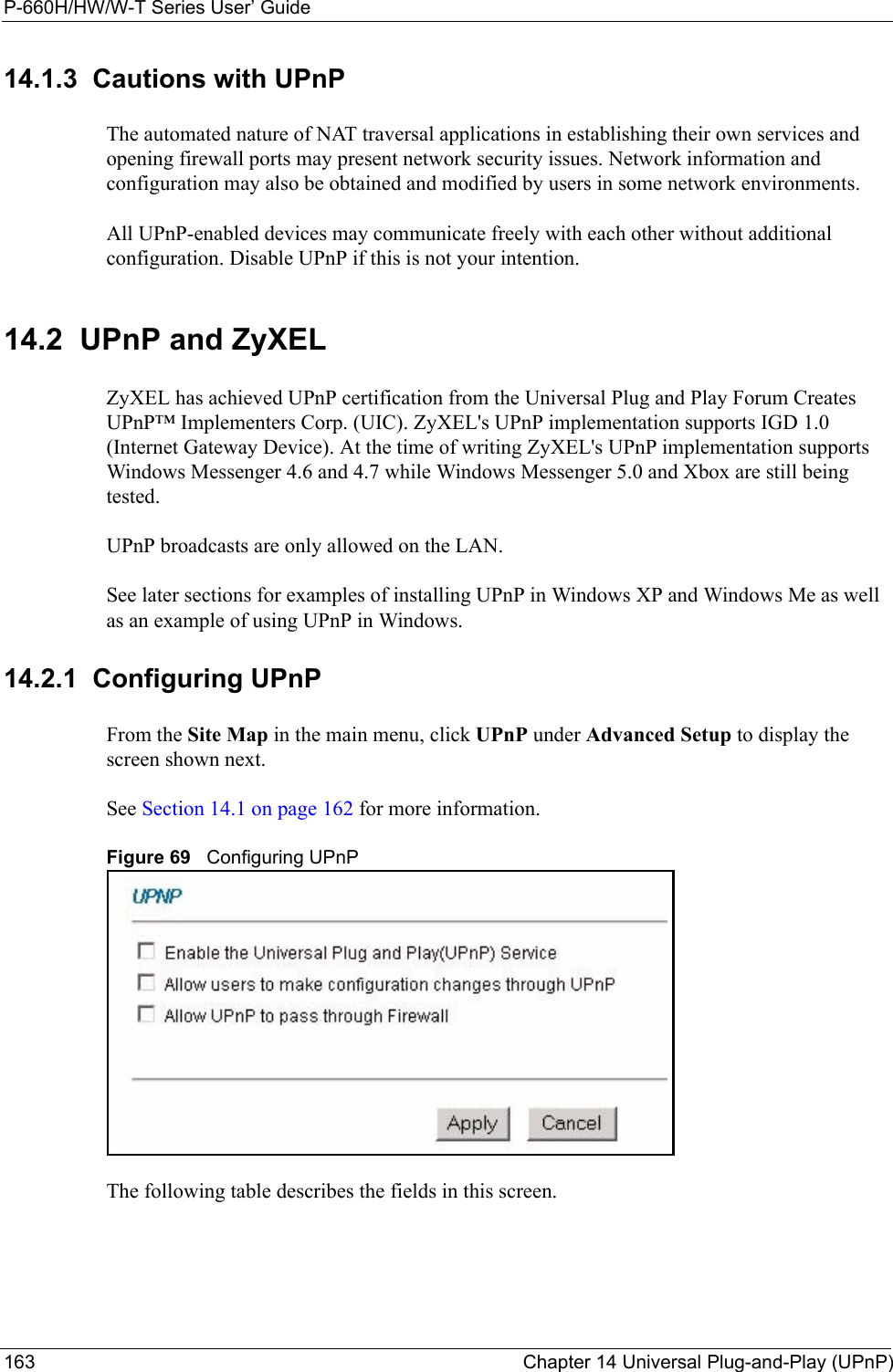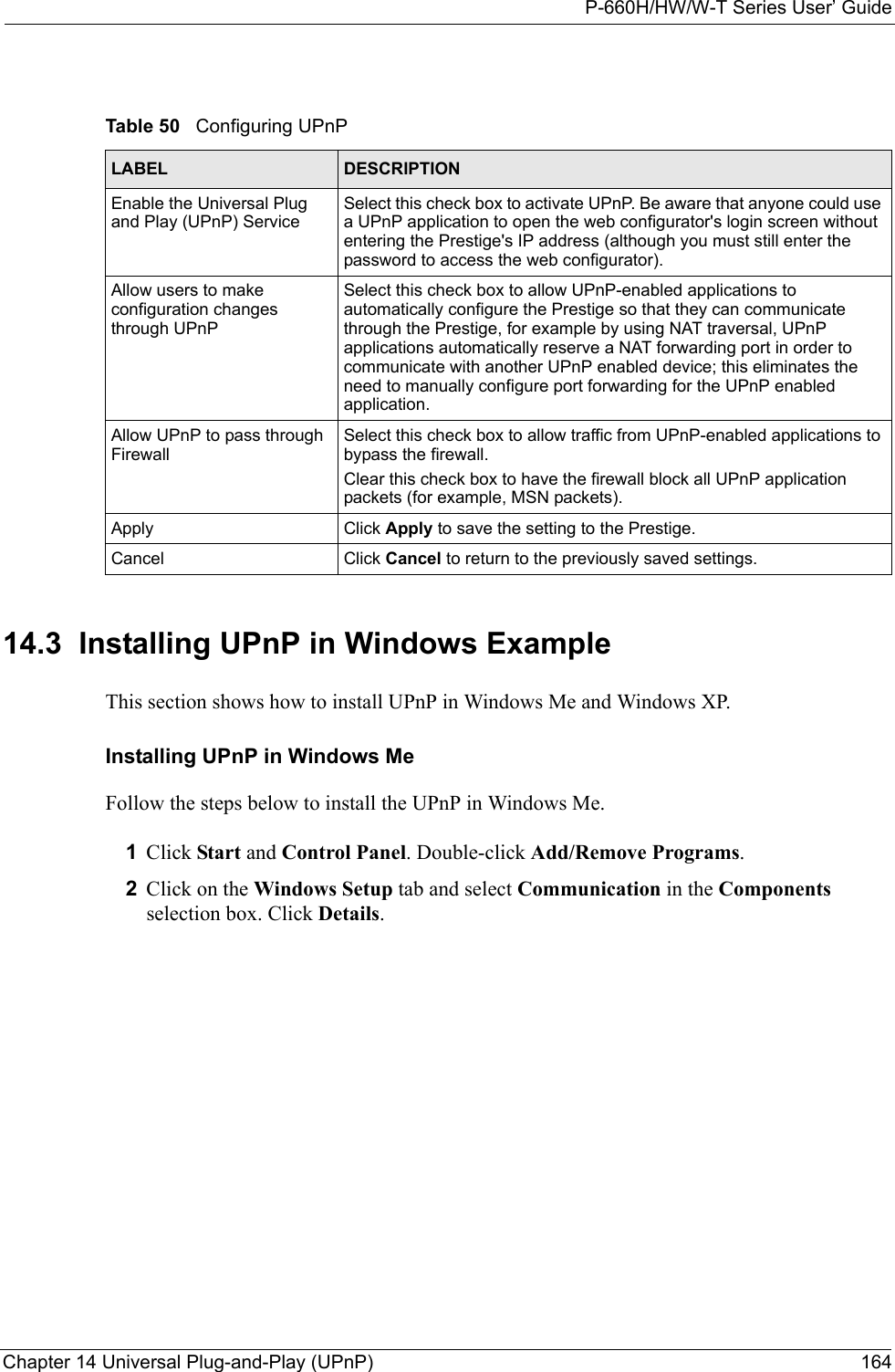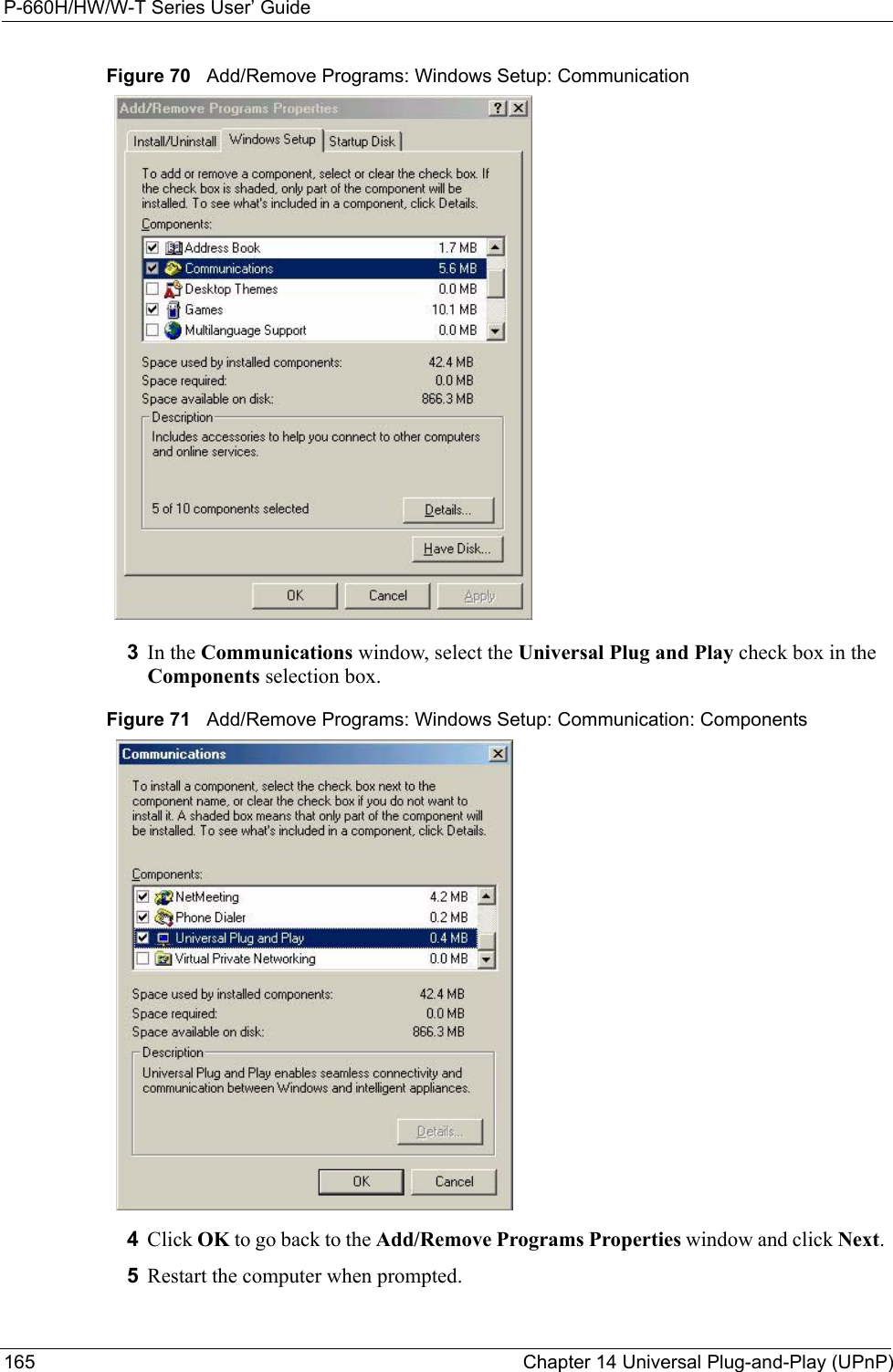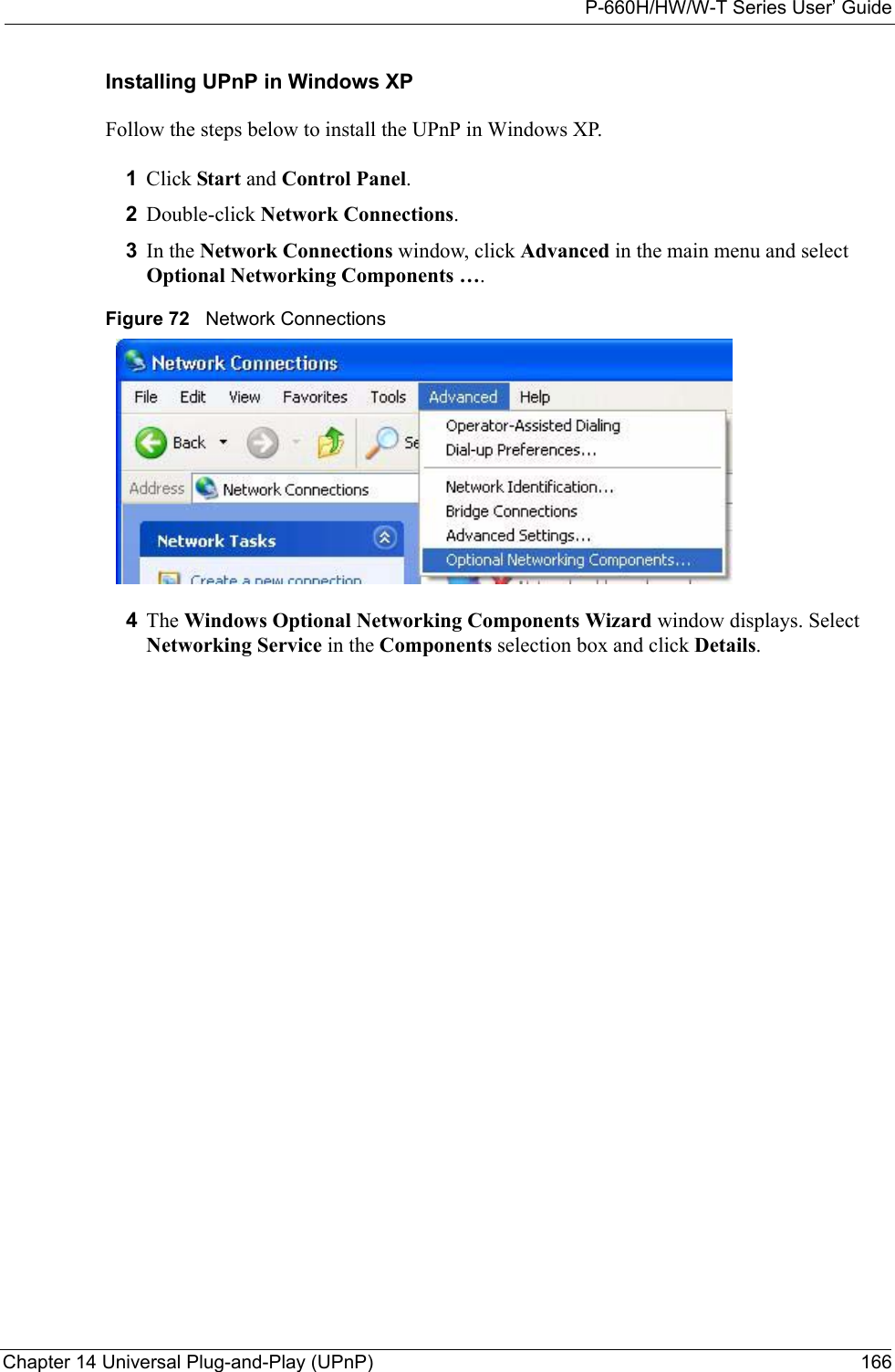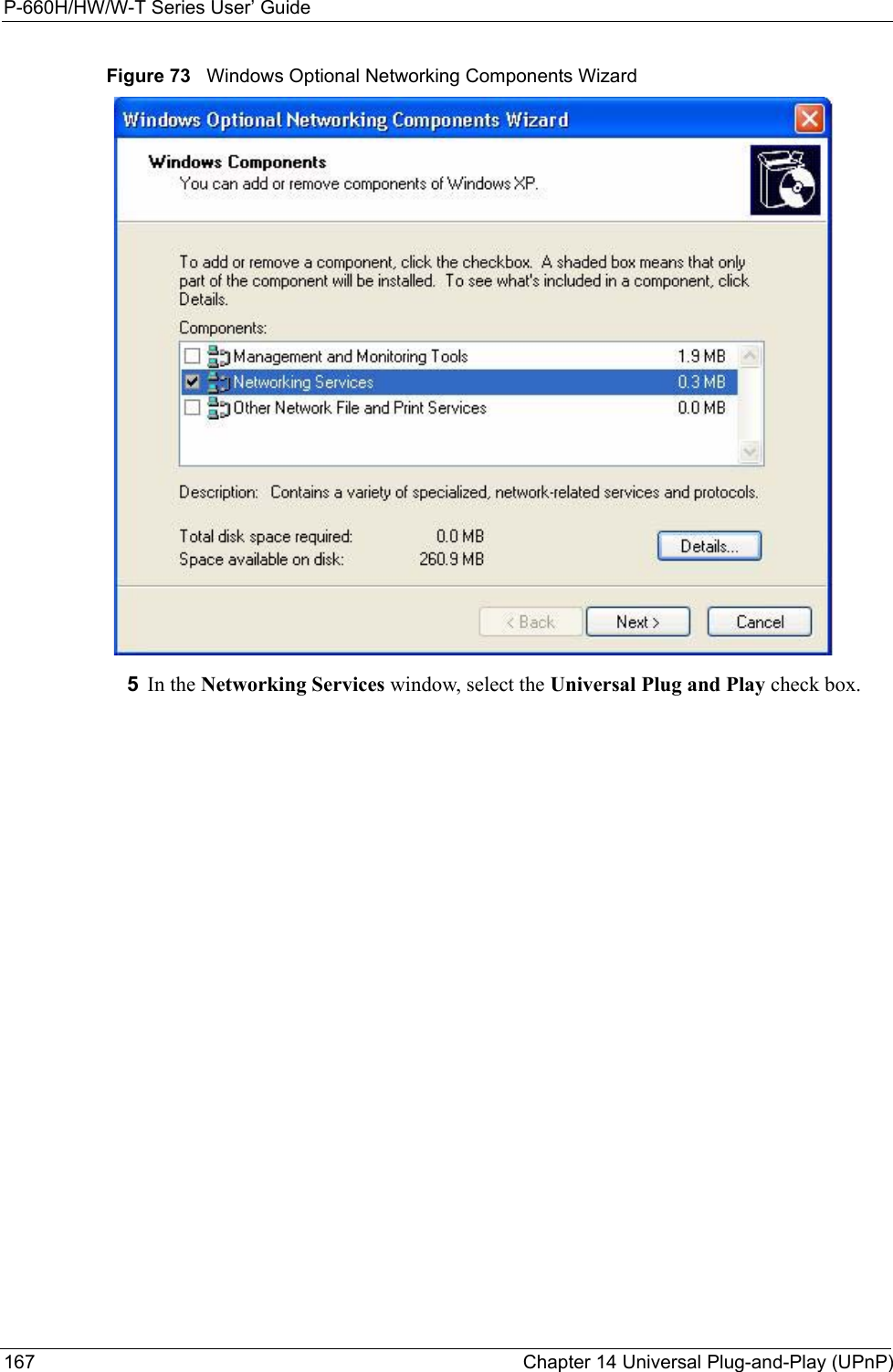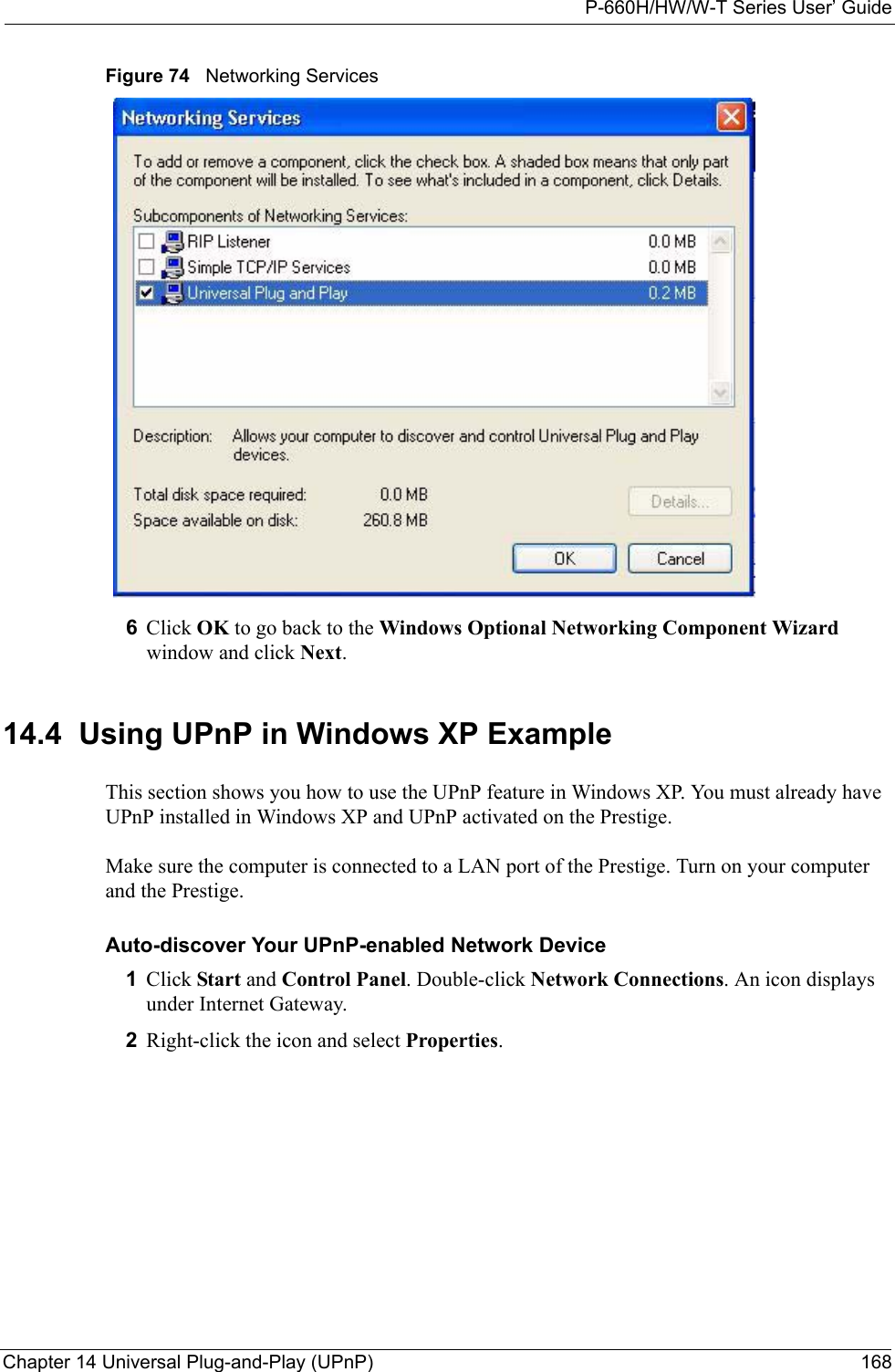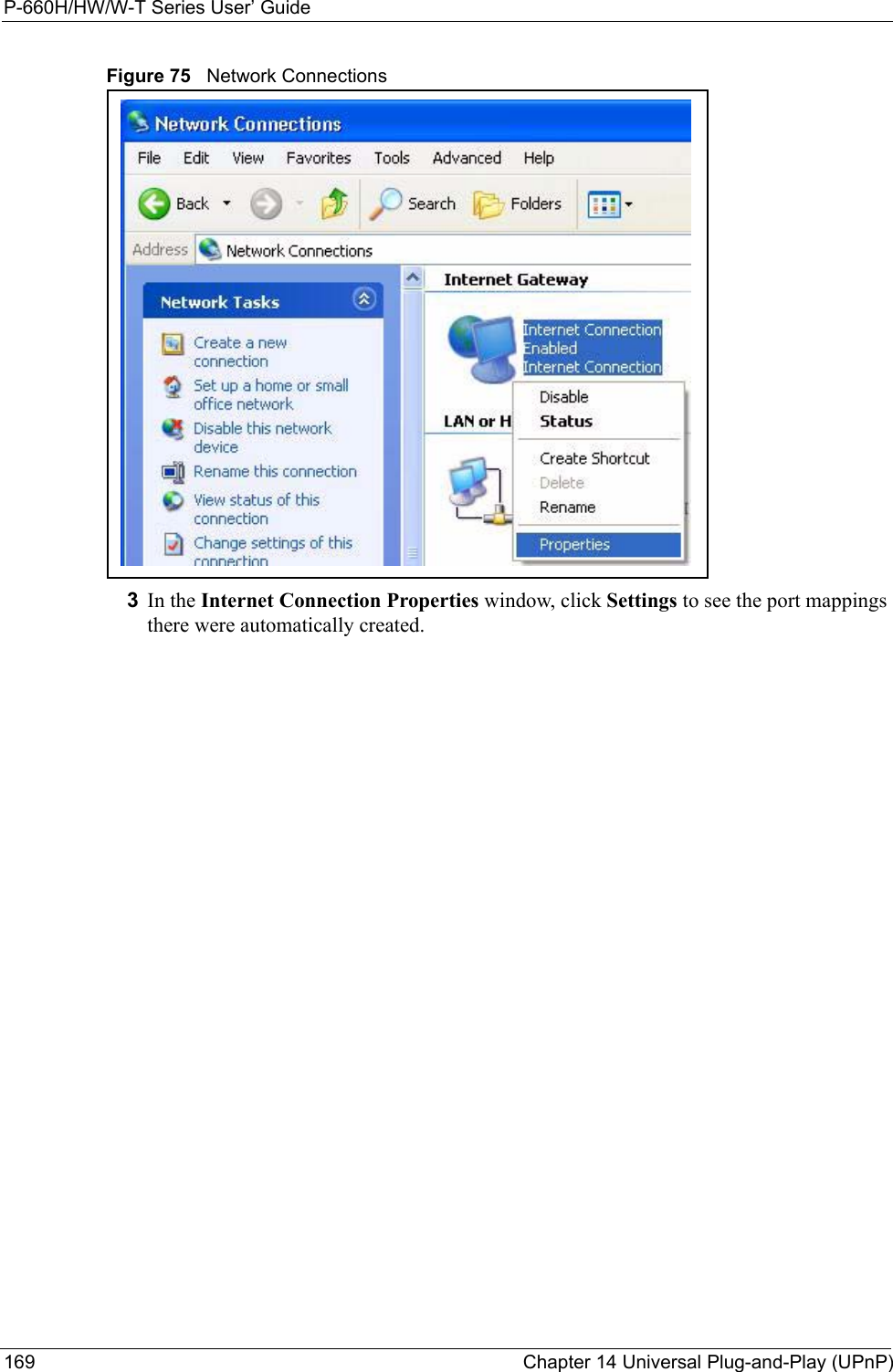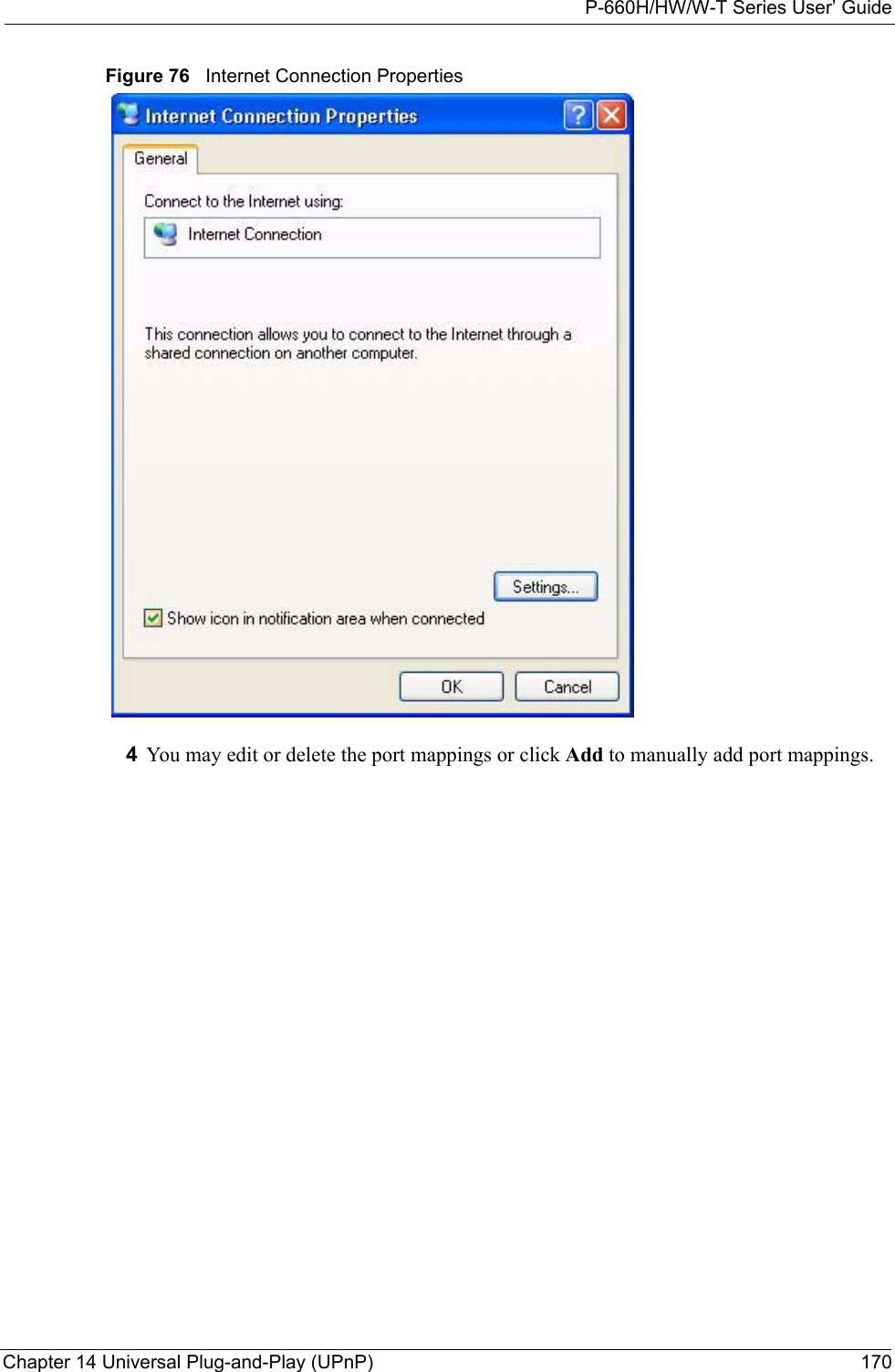ZyXEL Communications P660HWTX 802.11g Wireless ADSL2+4 port Gateway User Manual 2
ZyXEL Communications Corporation 802.11g Wireless ADSL2+4 port Gateway Users Manual 2
Contents
- 1. Users Manual 1
- 2. Users Manual 2
- 3. Users Manual 3
- 4. Users Manual 4
Users Manual 2
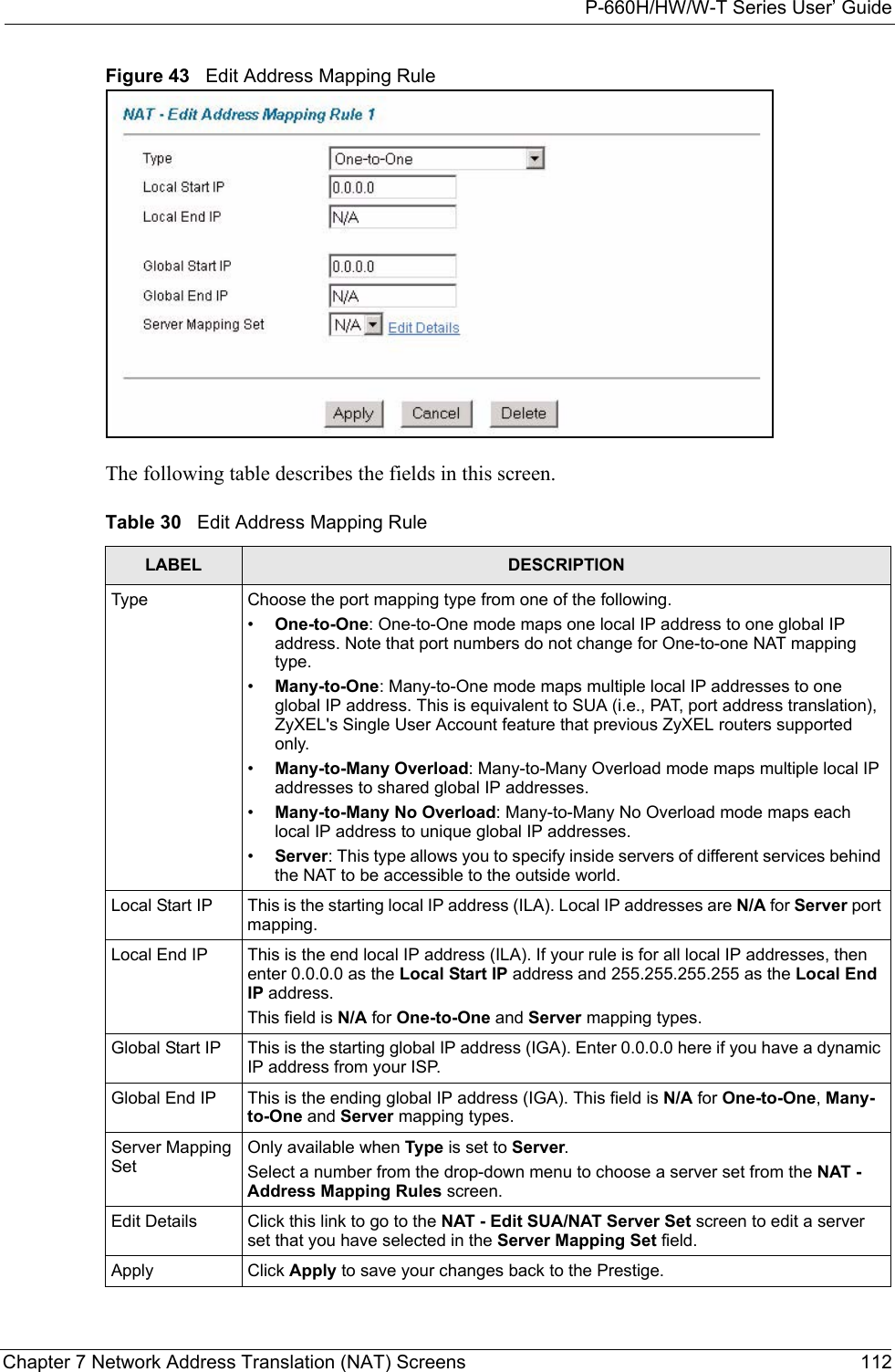
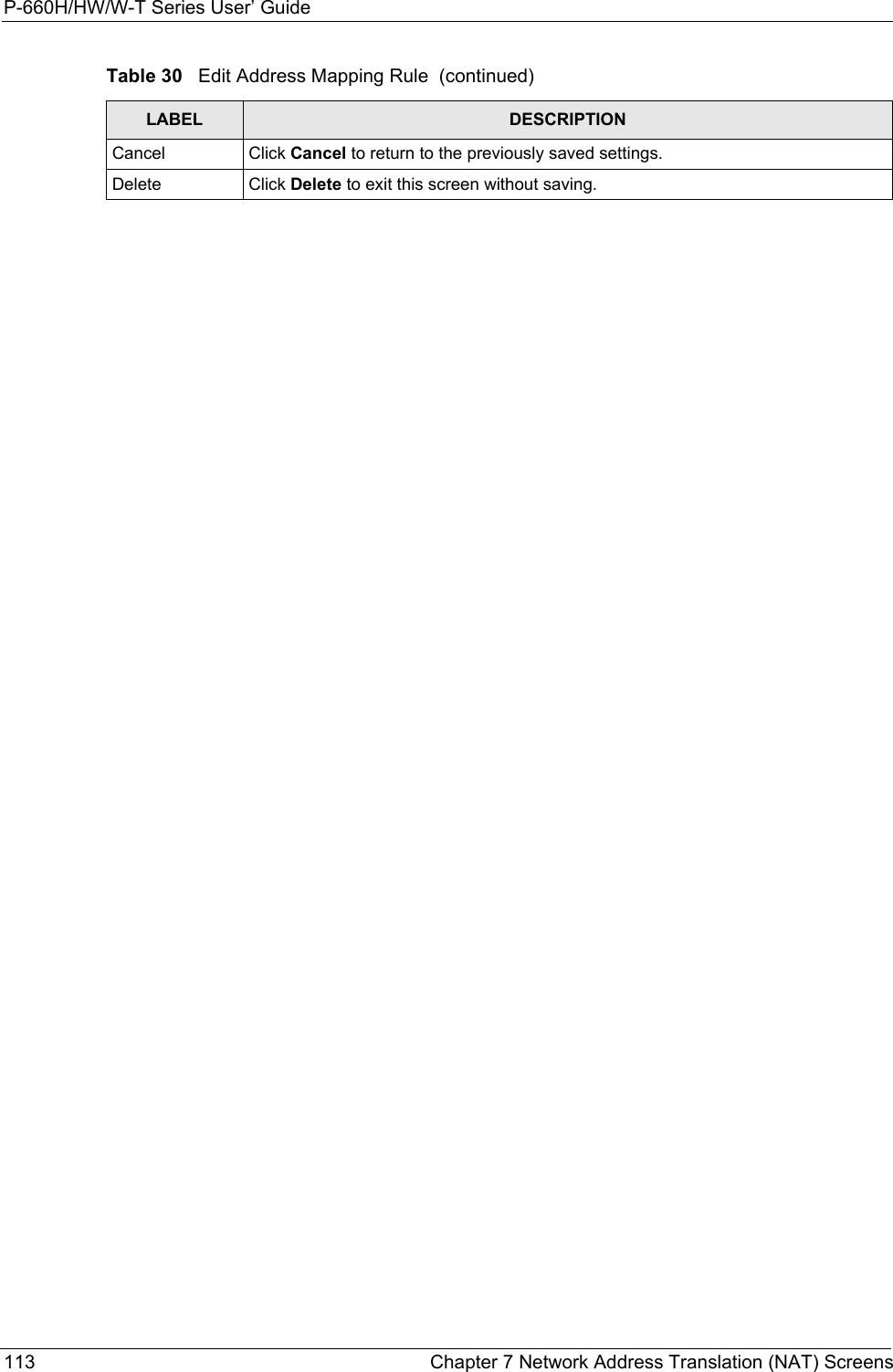
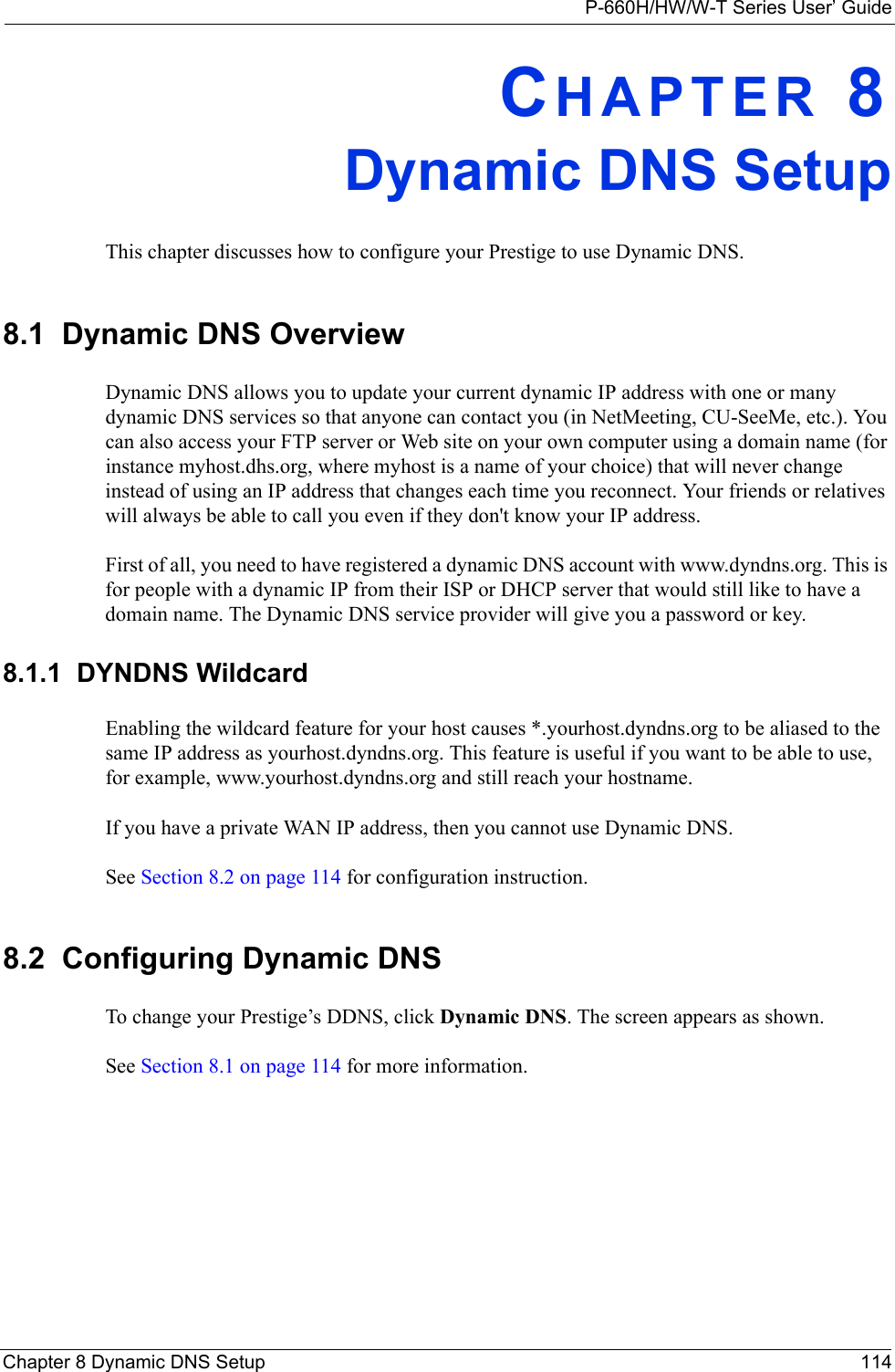
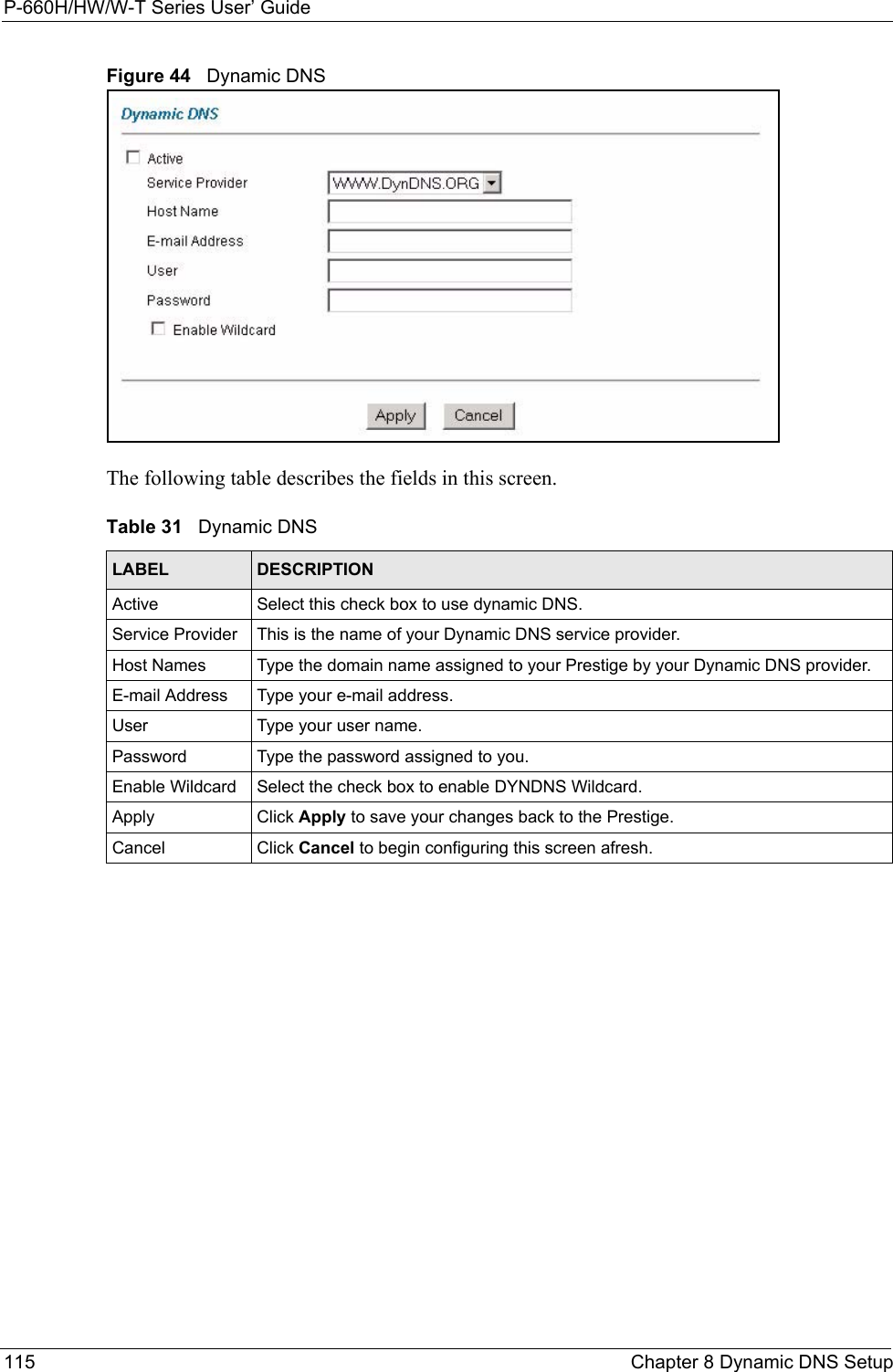
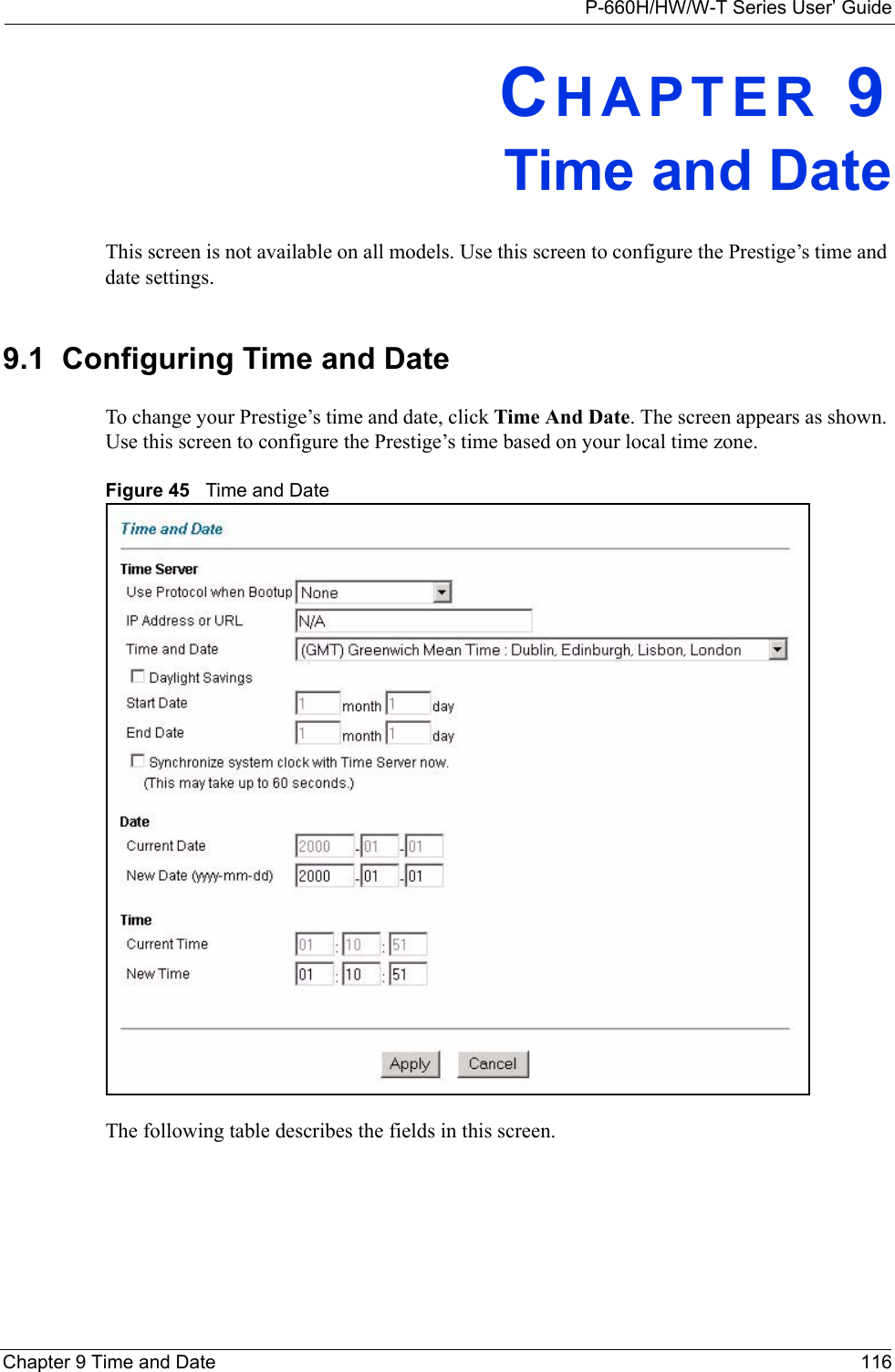
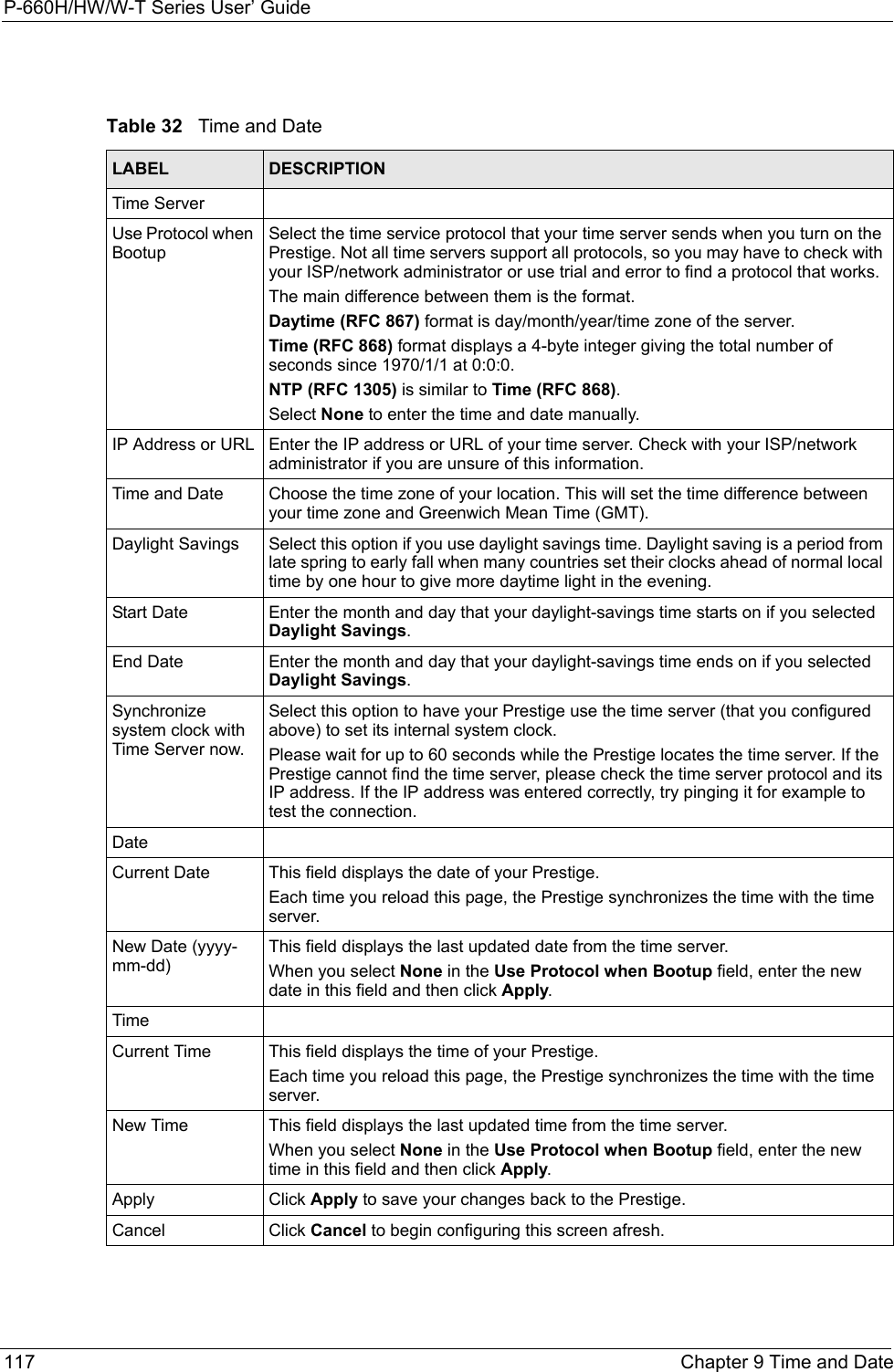
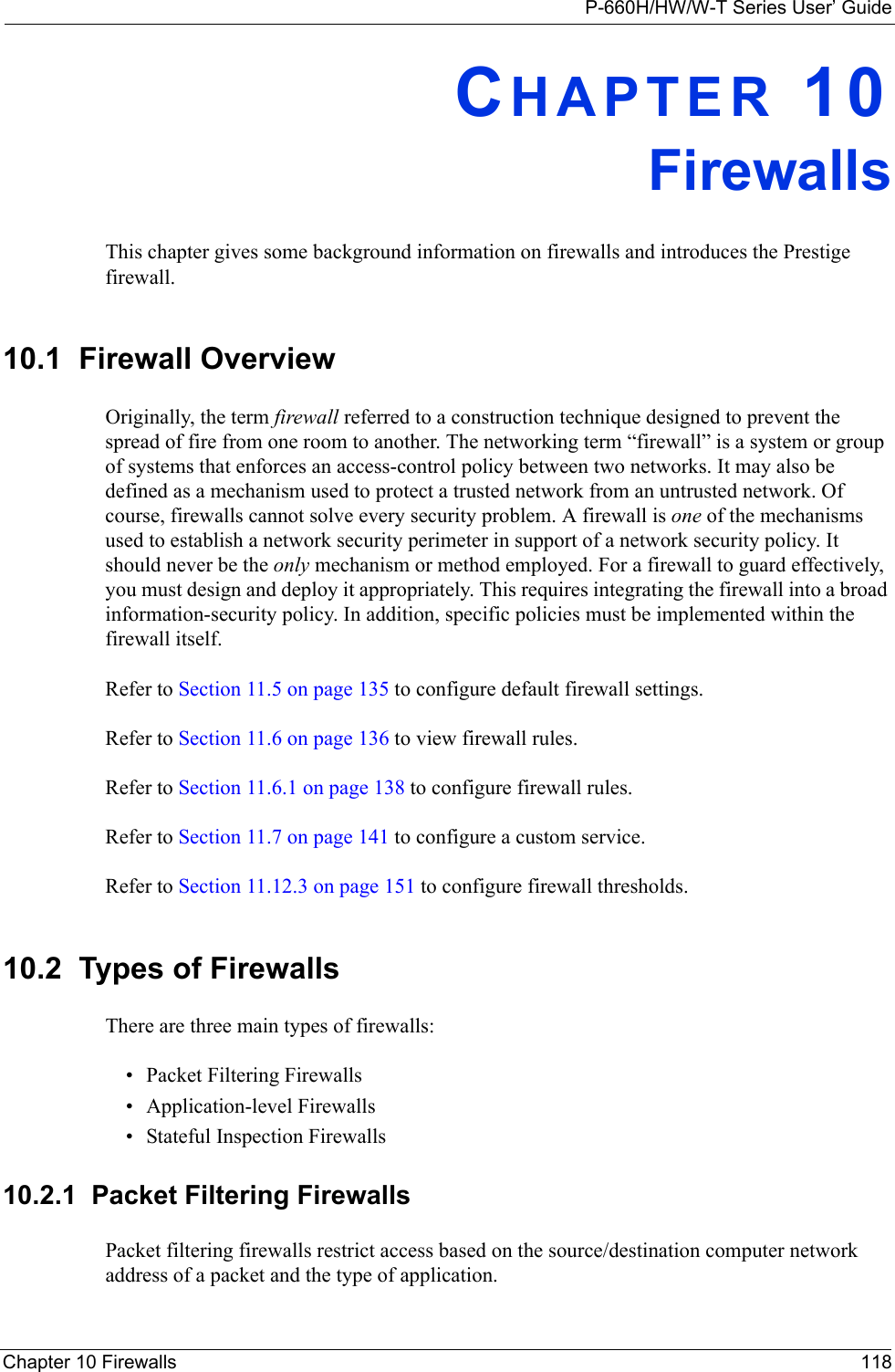
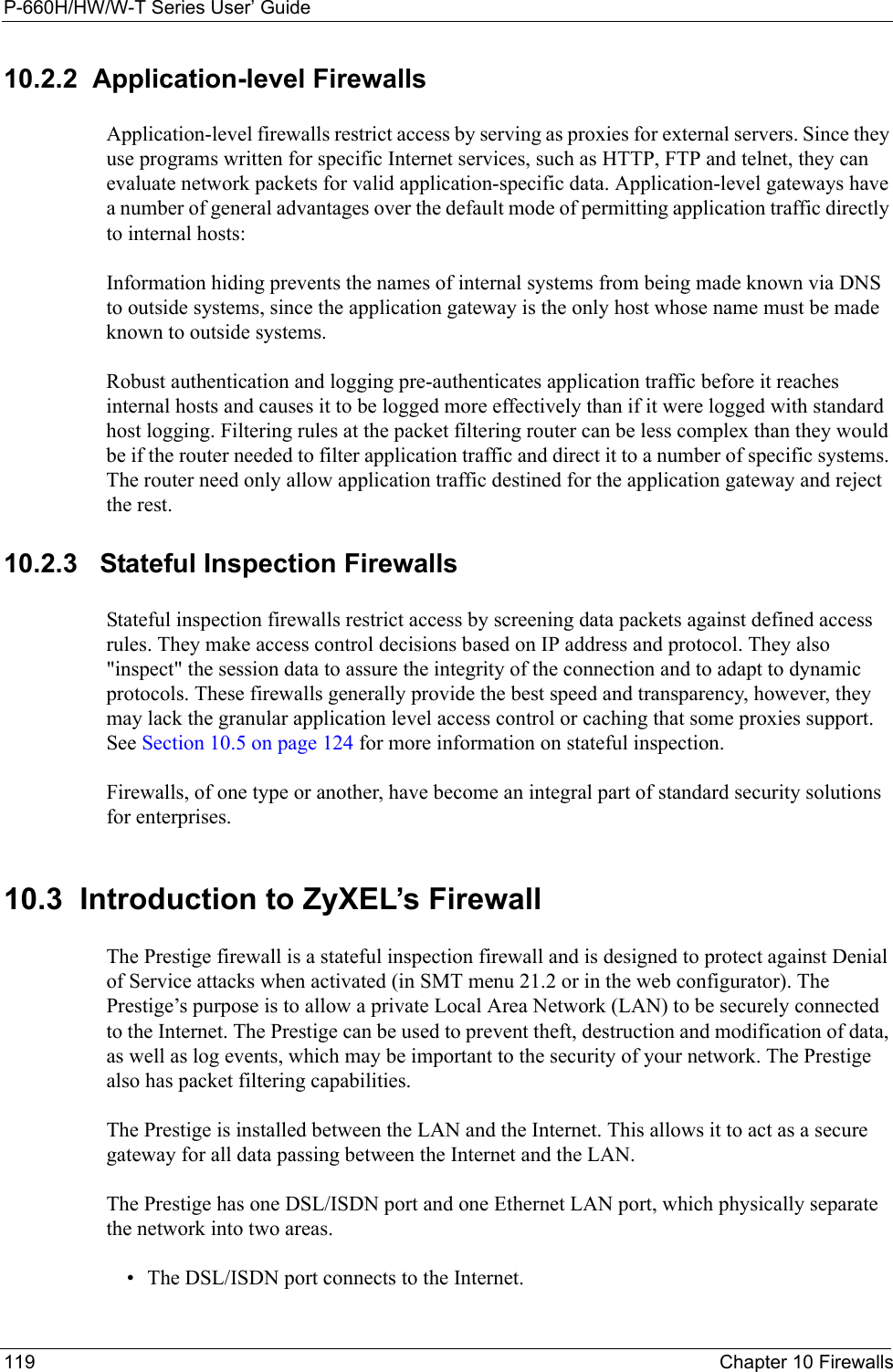
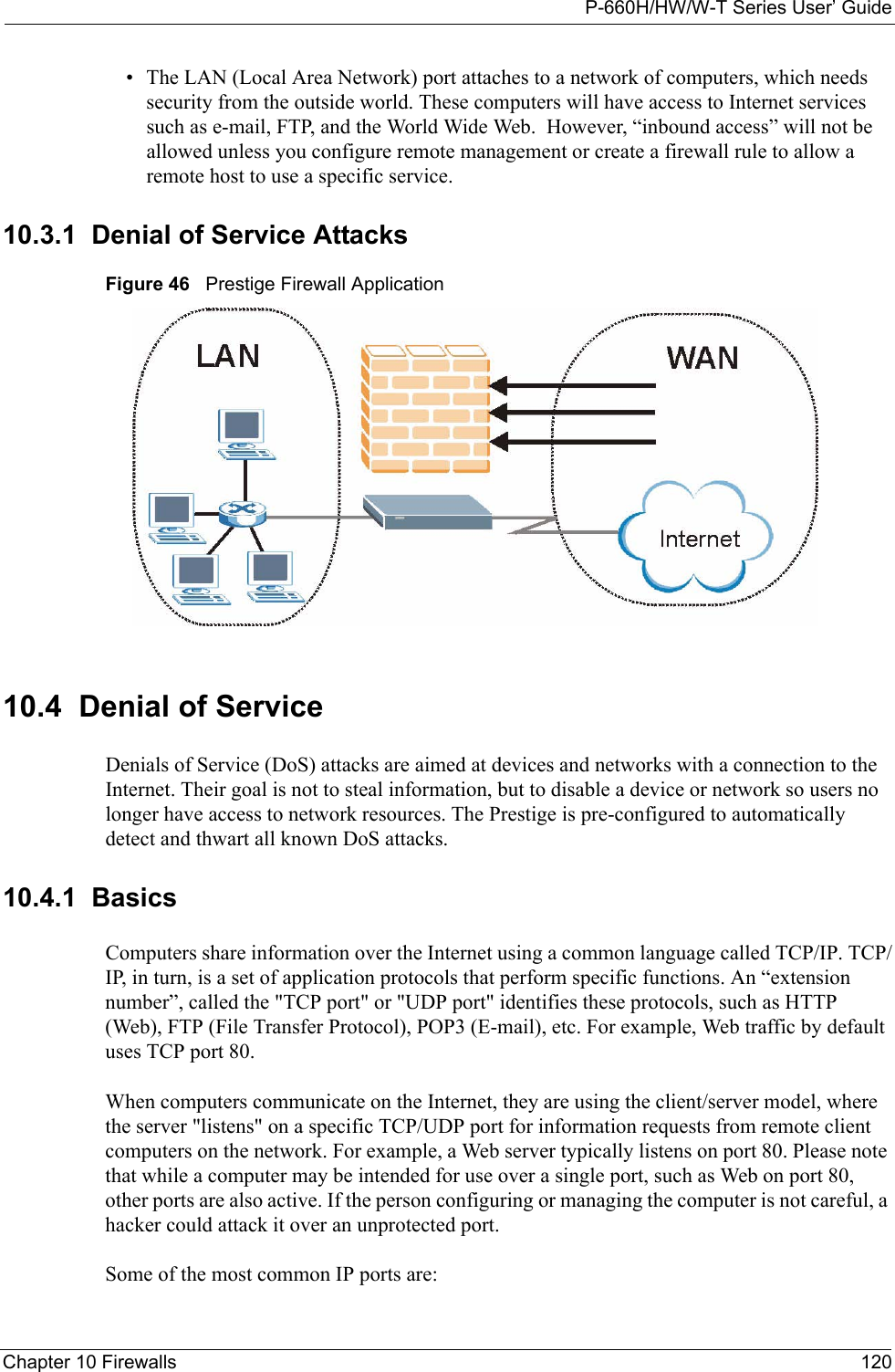
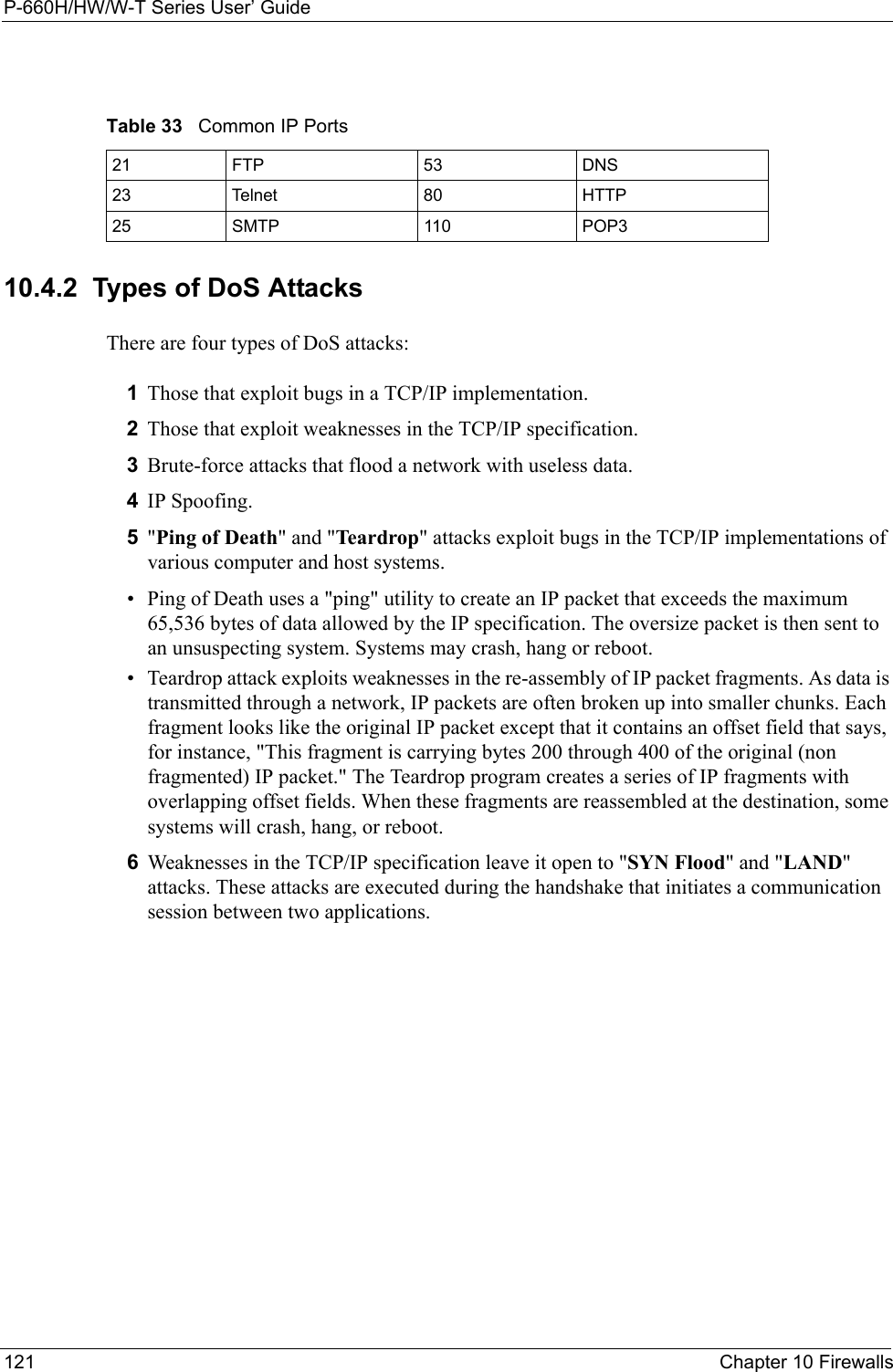
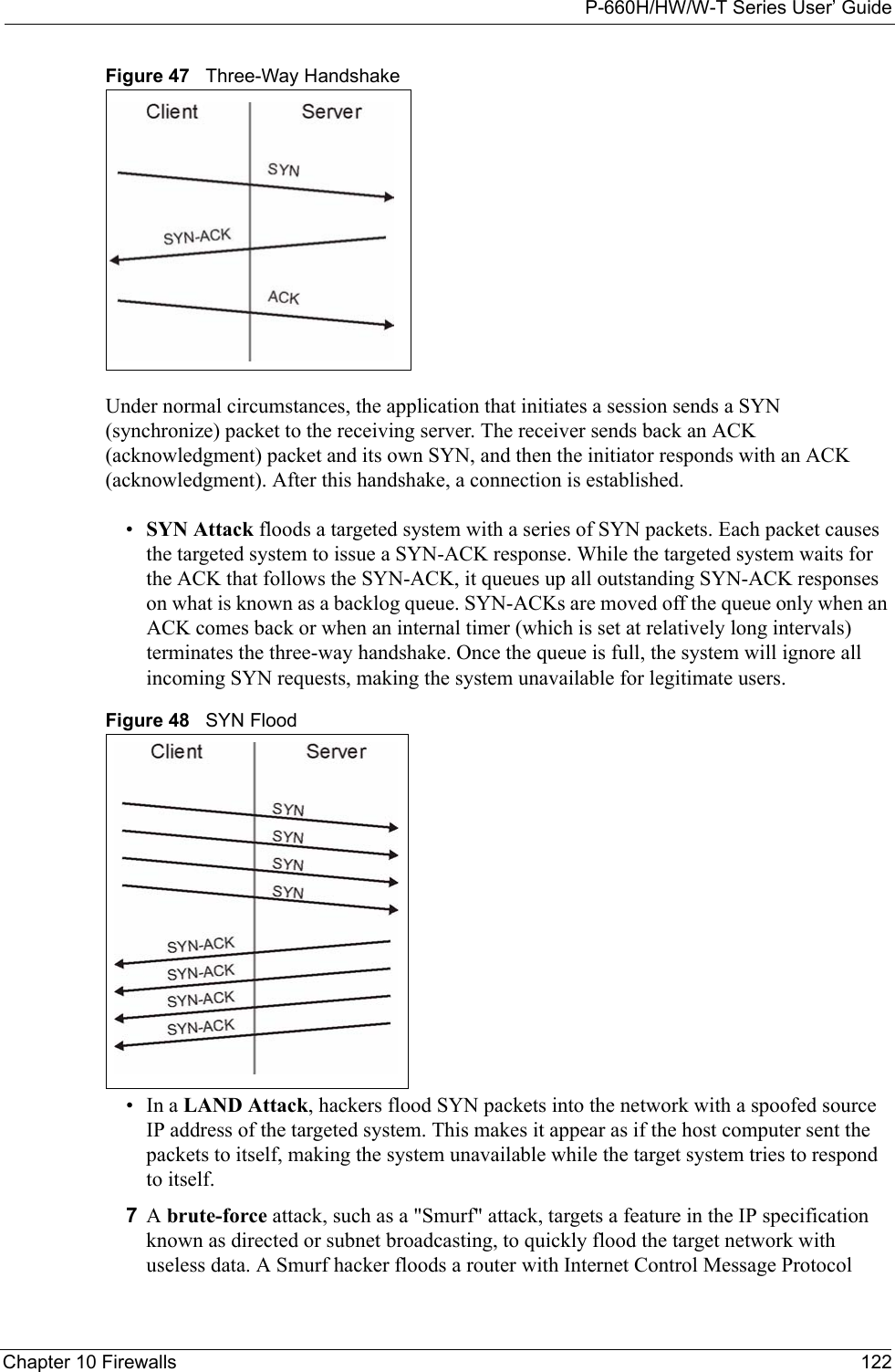
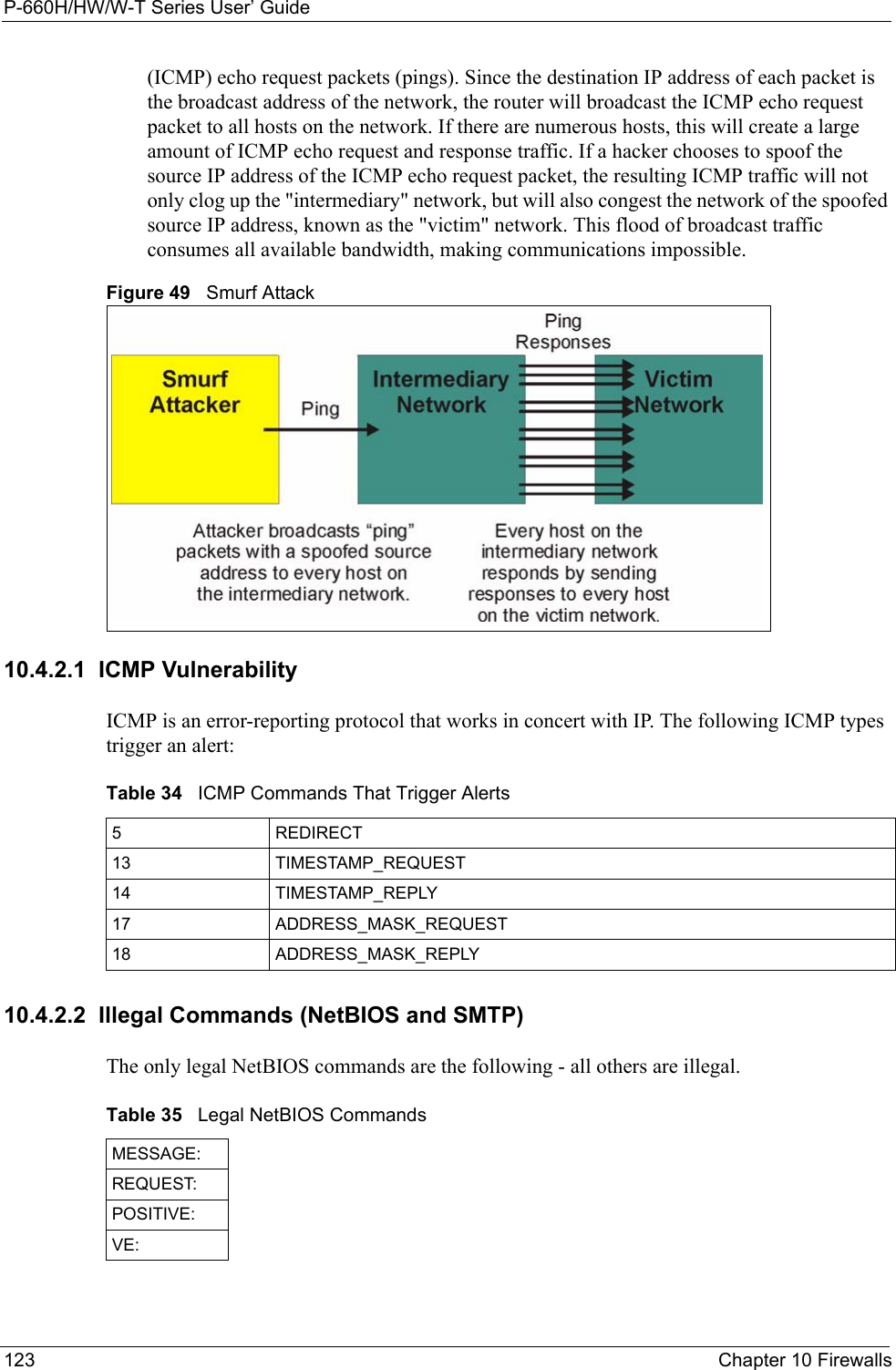
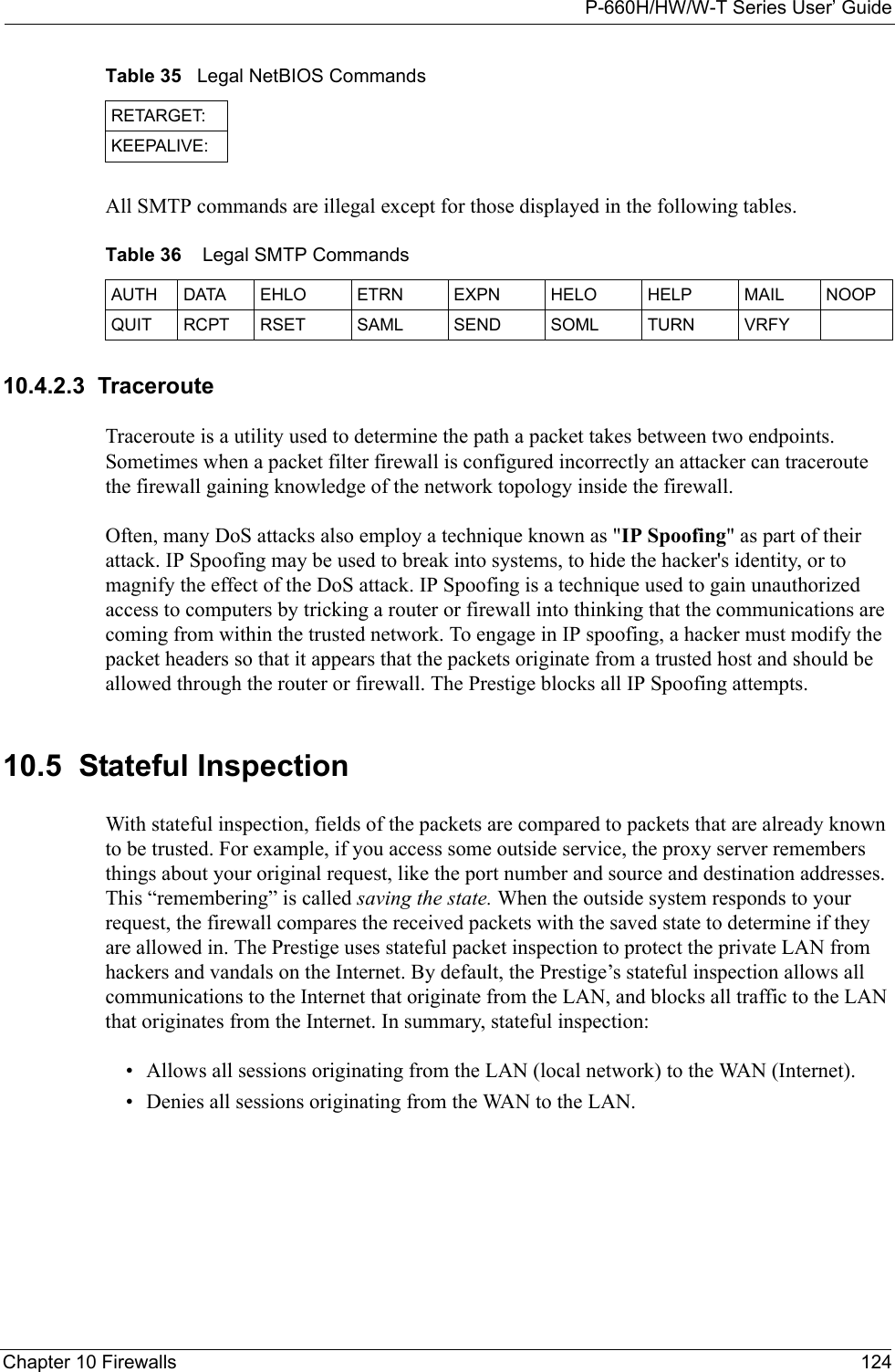
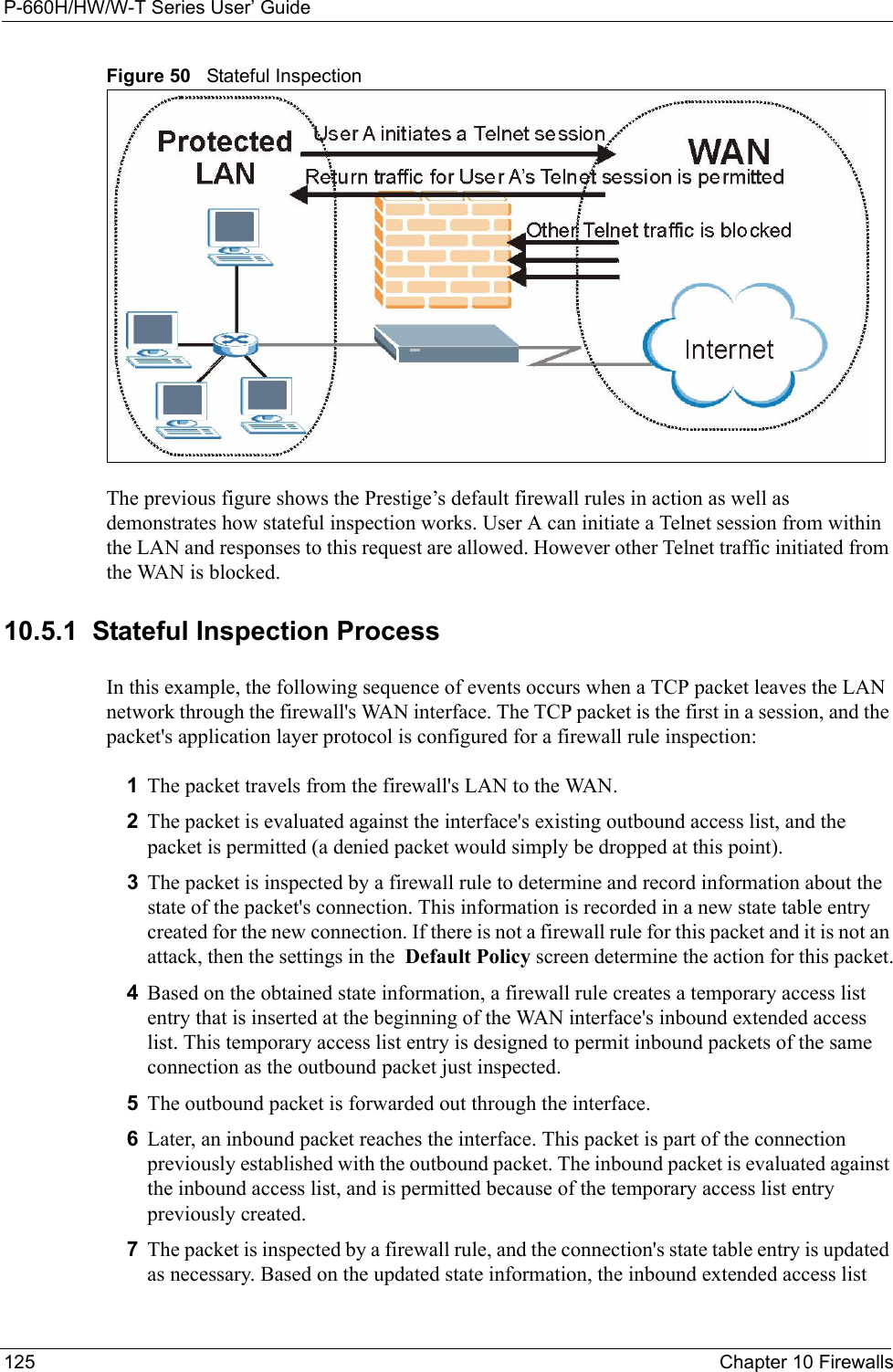
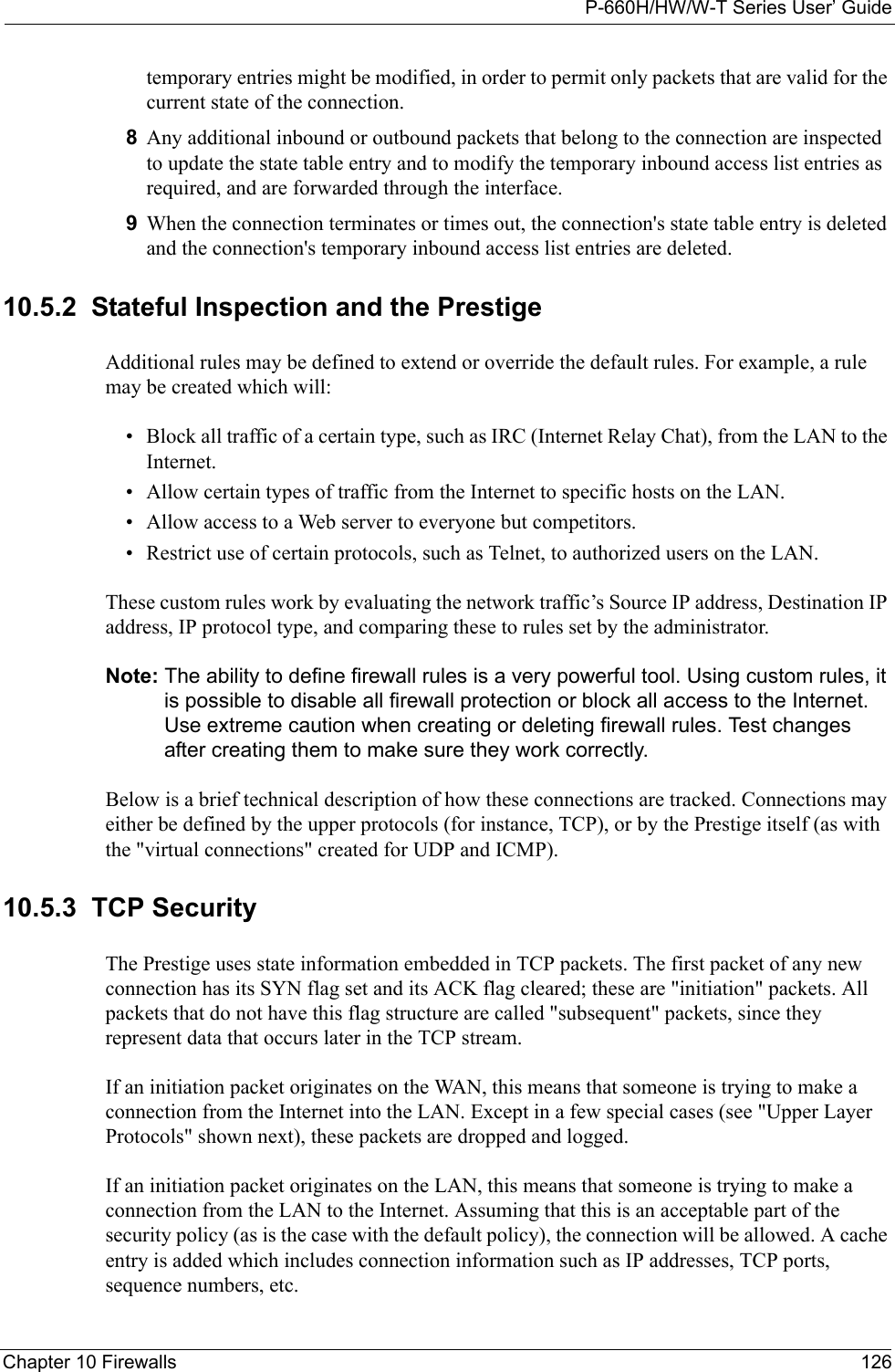
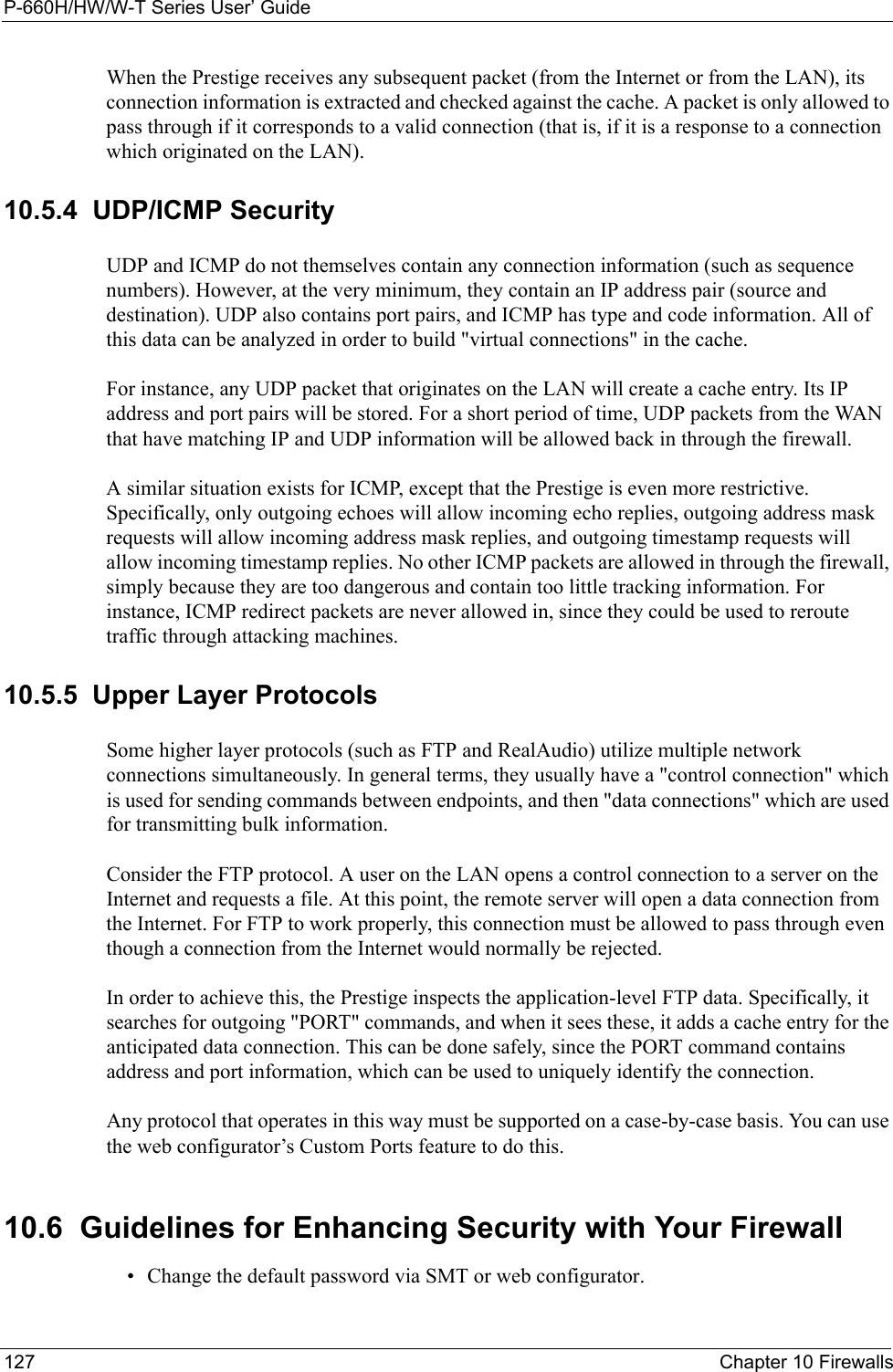
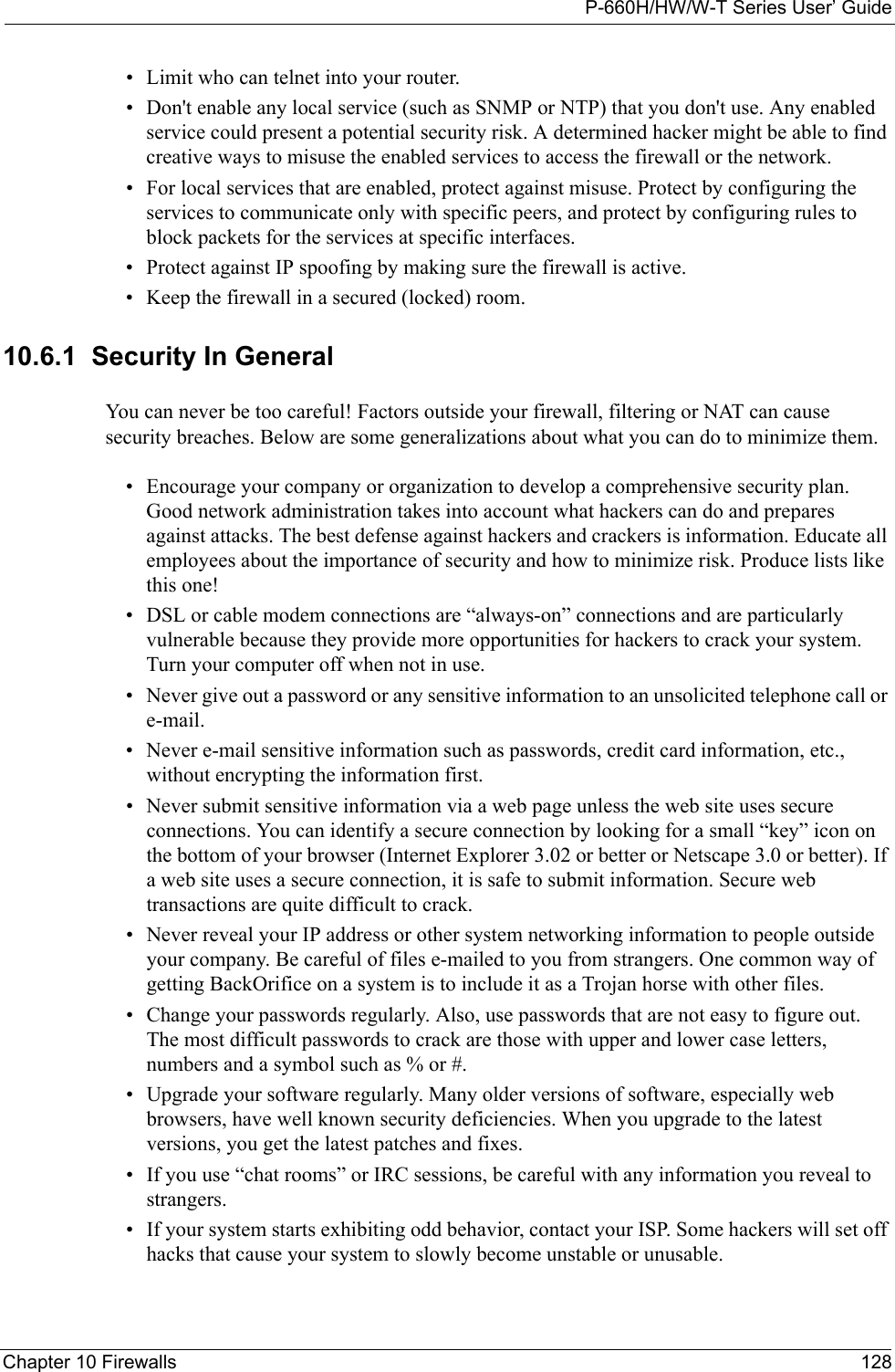
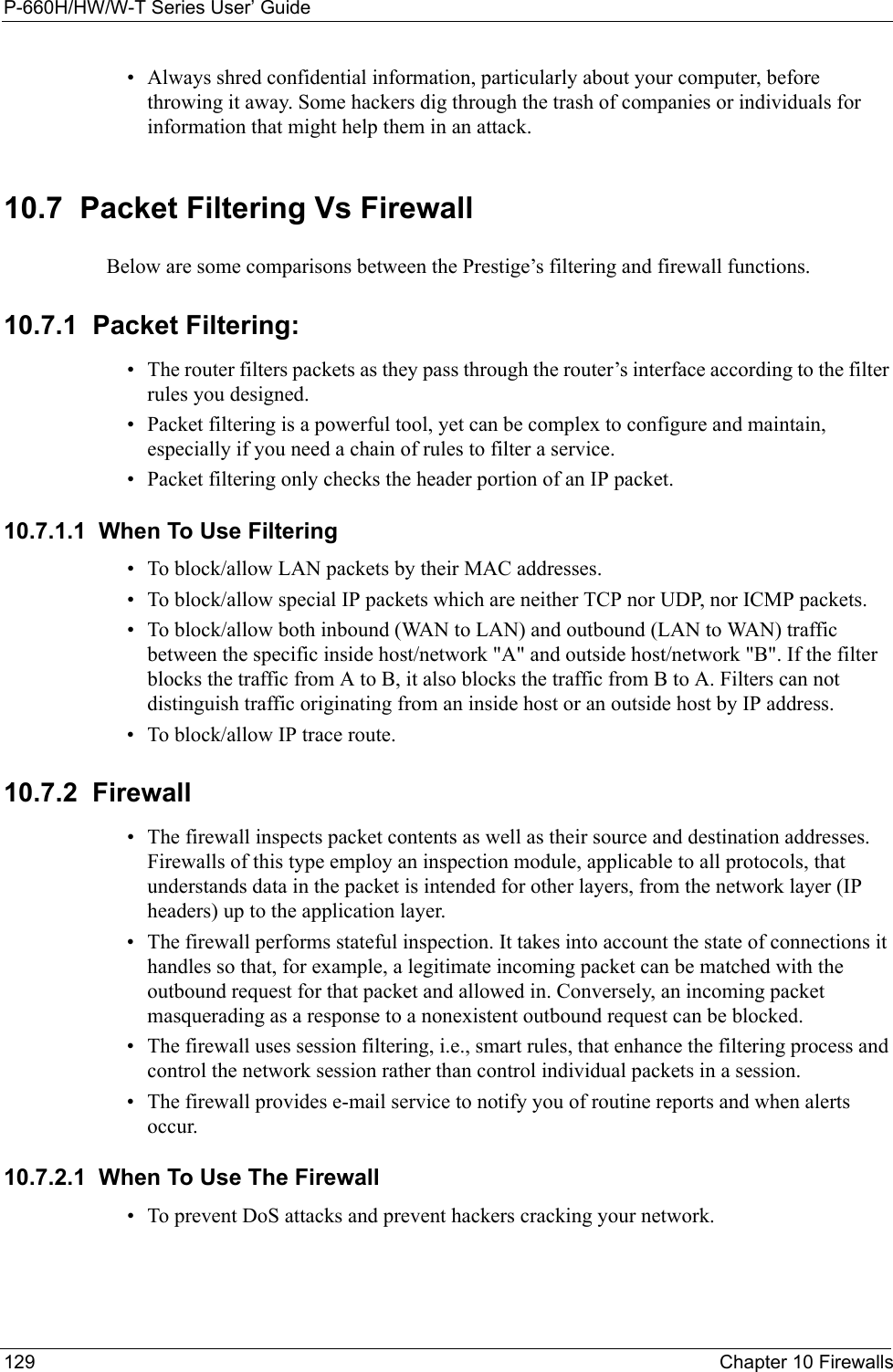
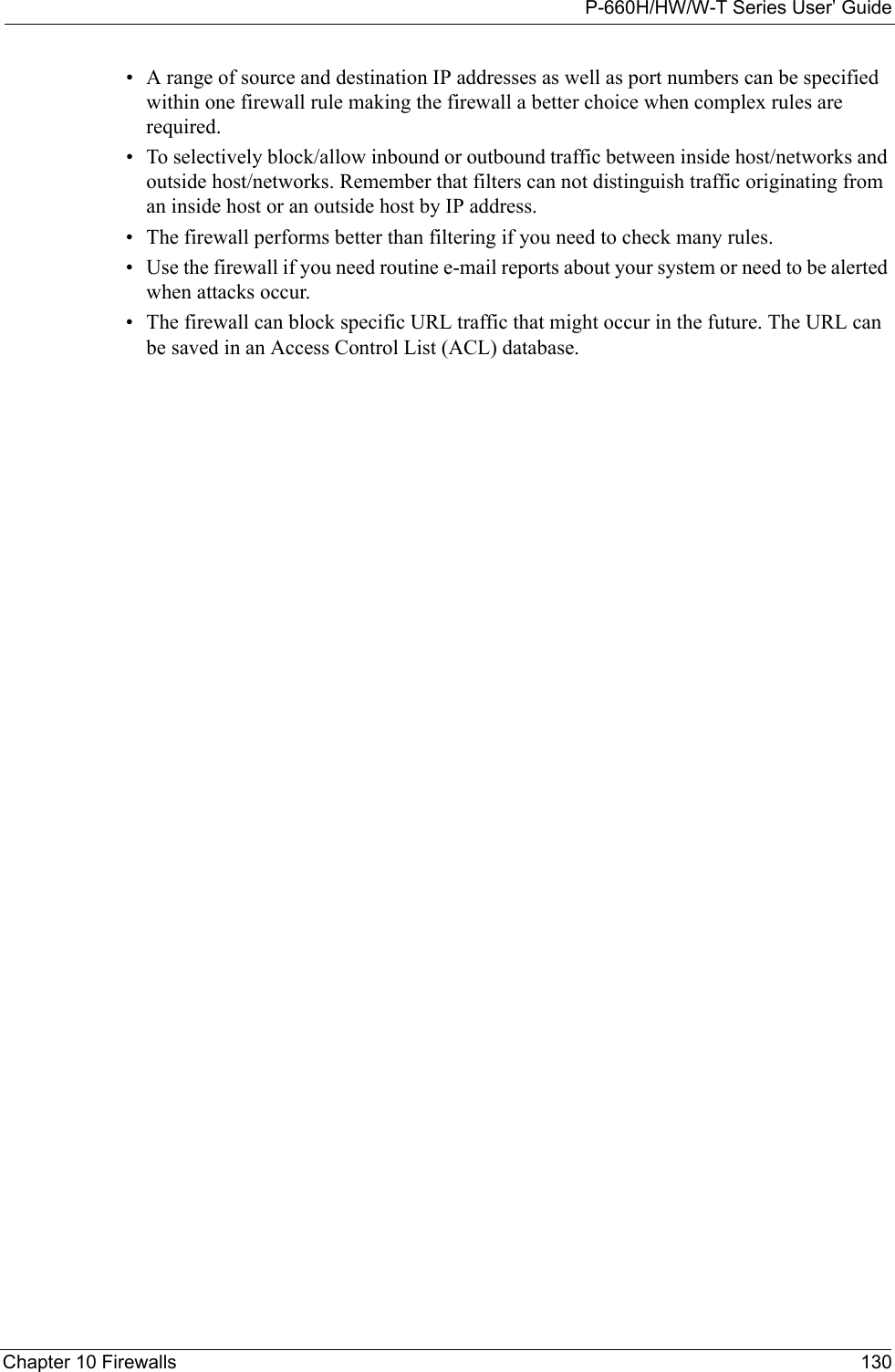
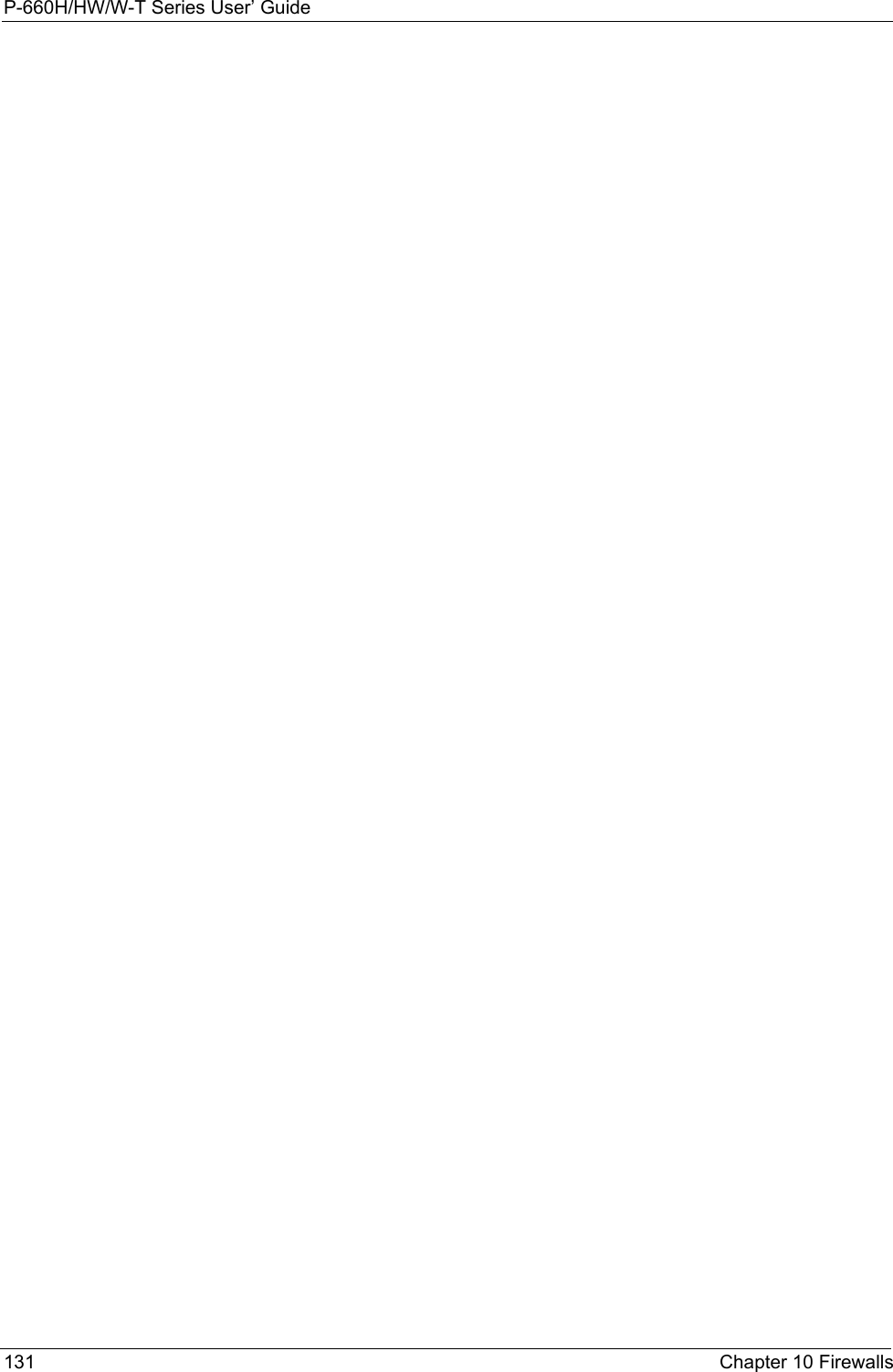
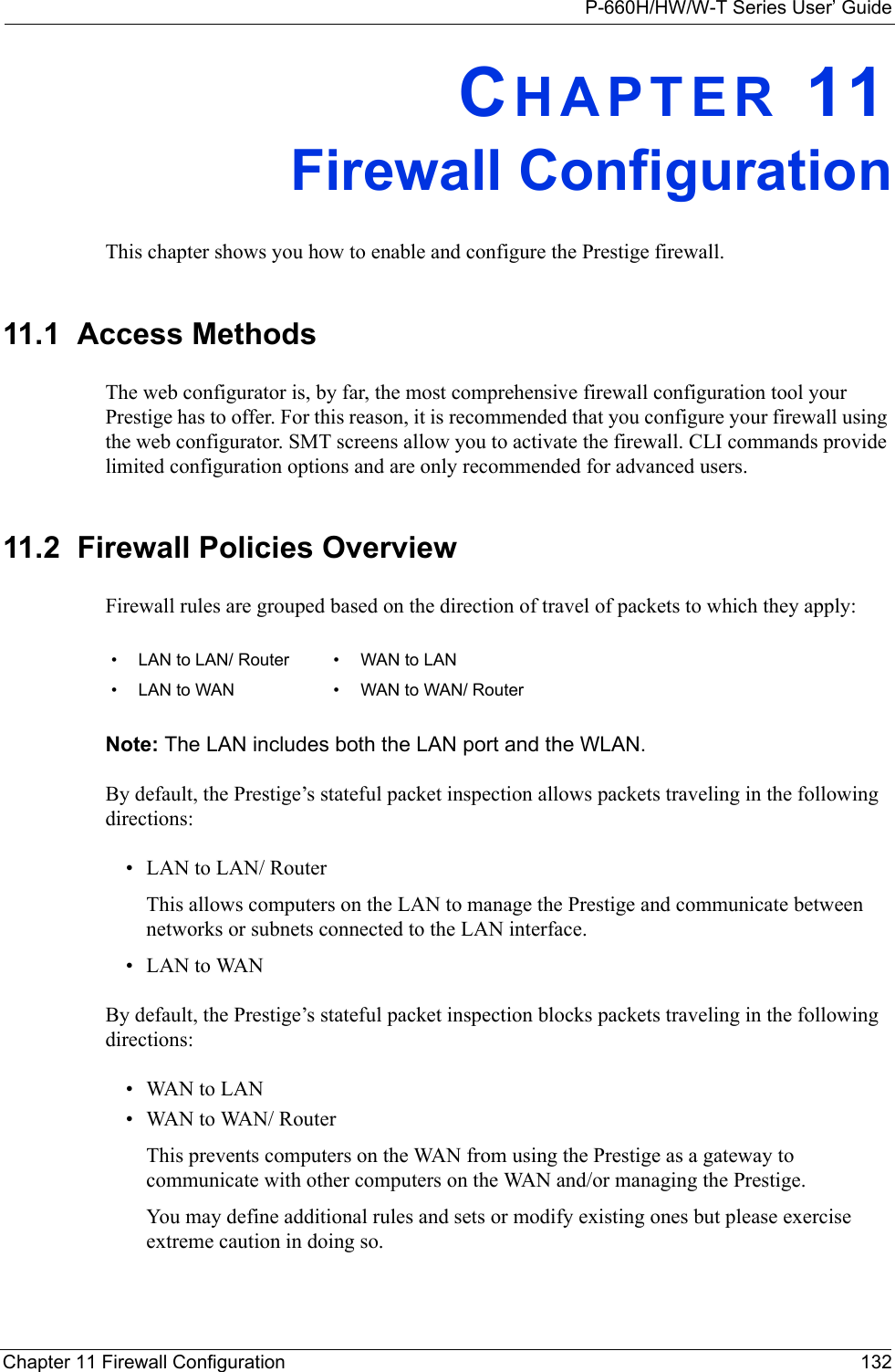
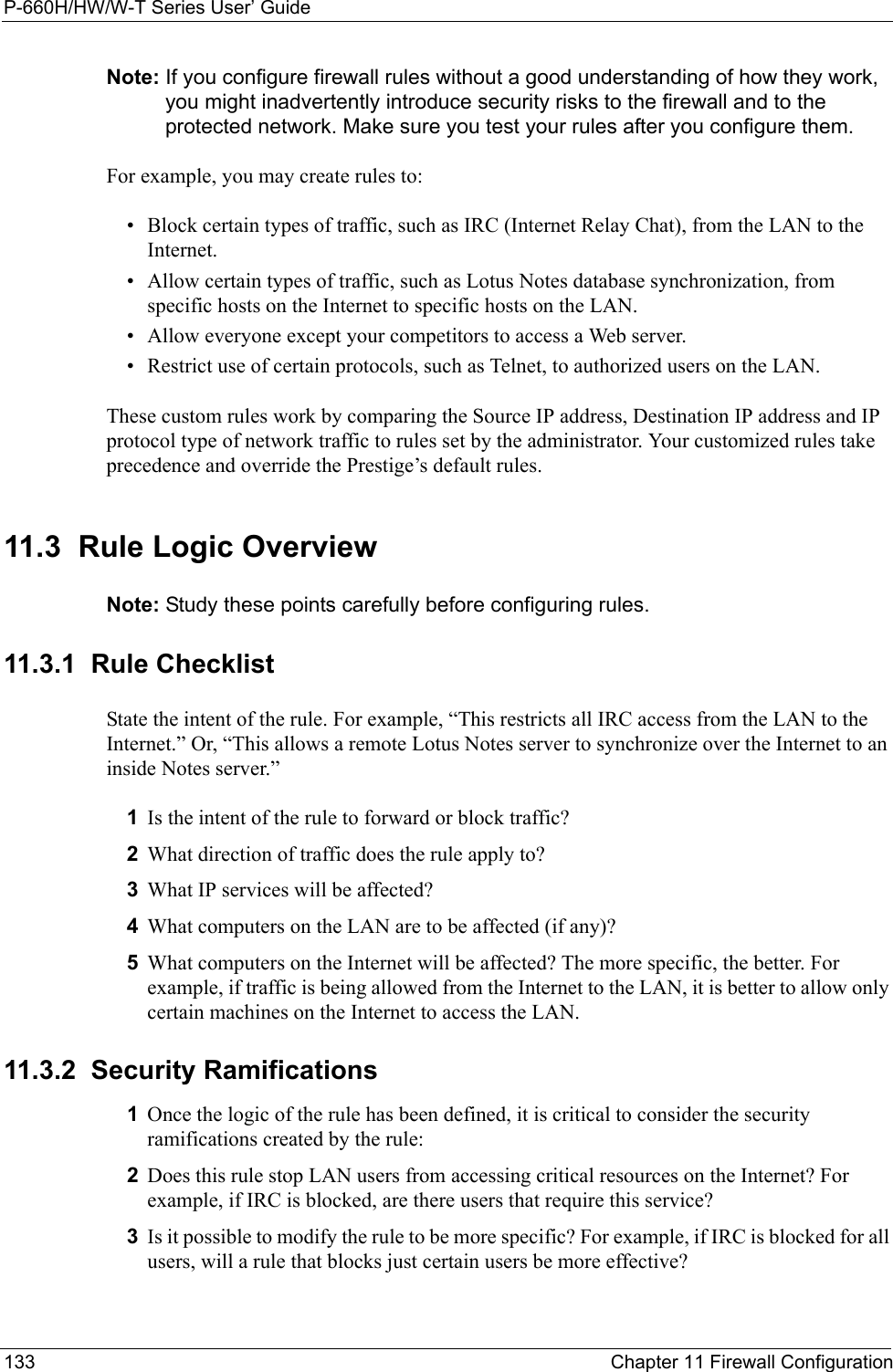
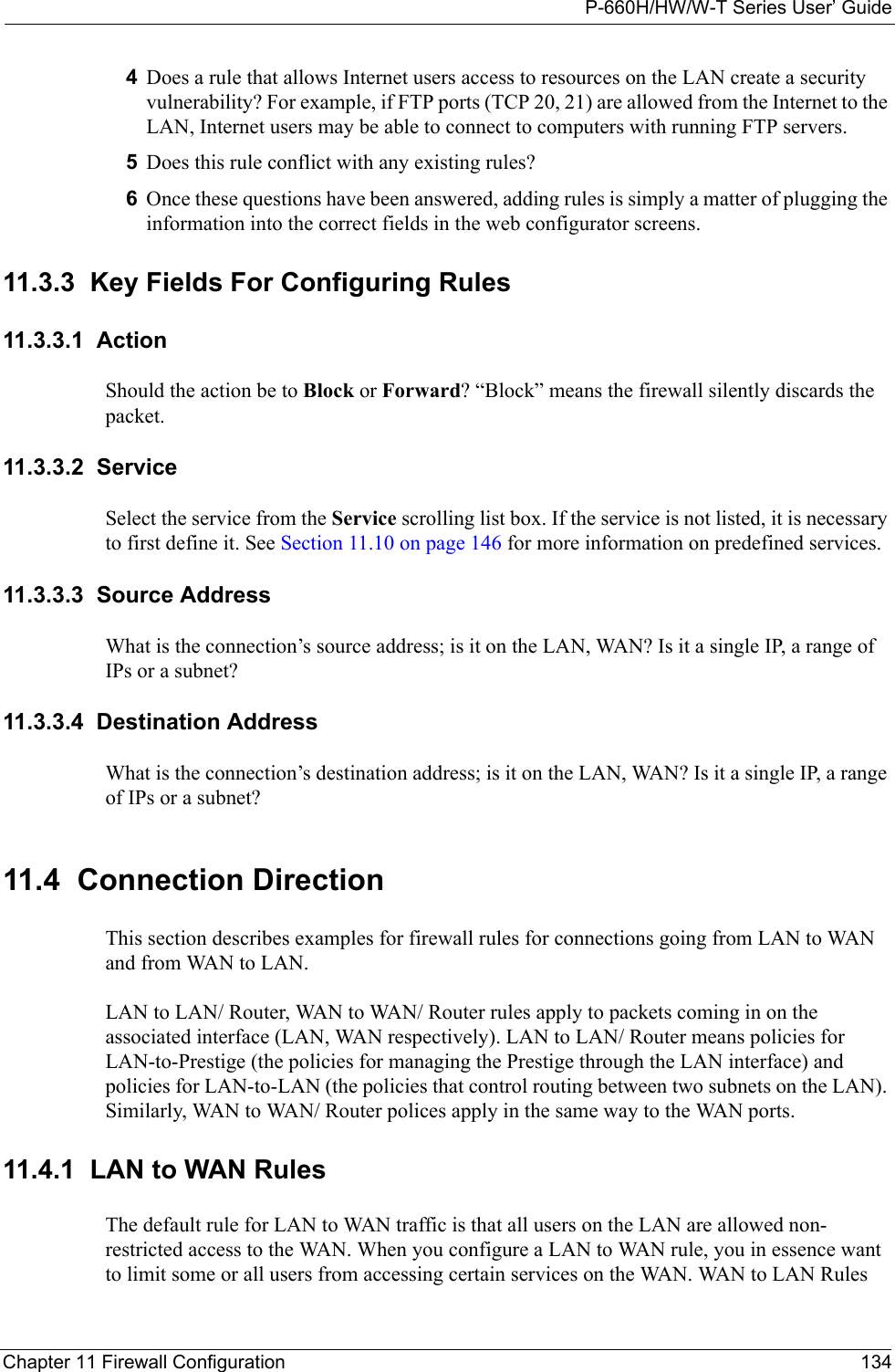
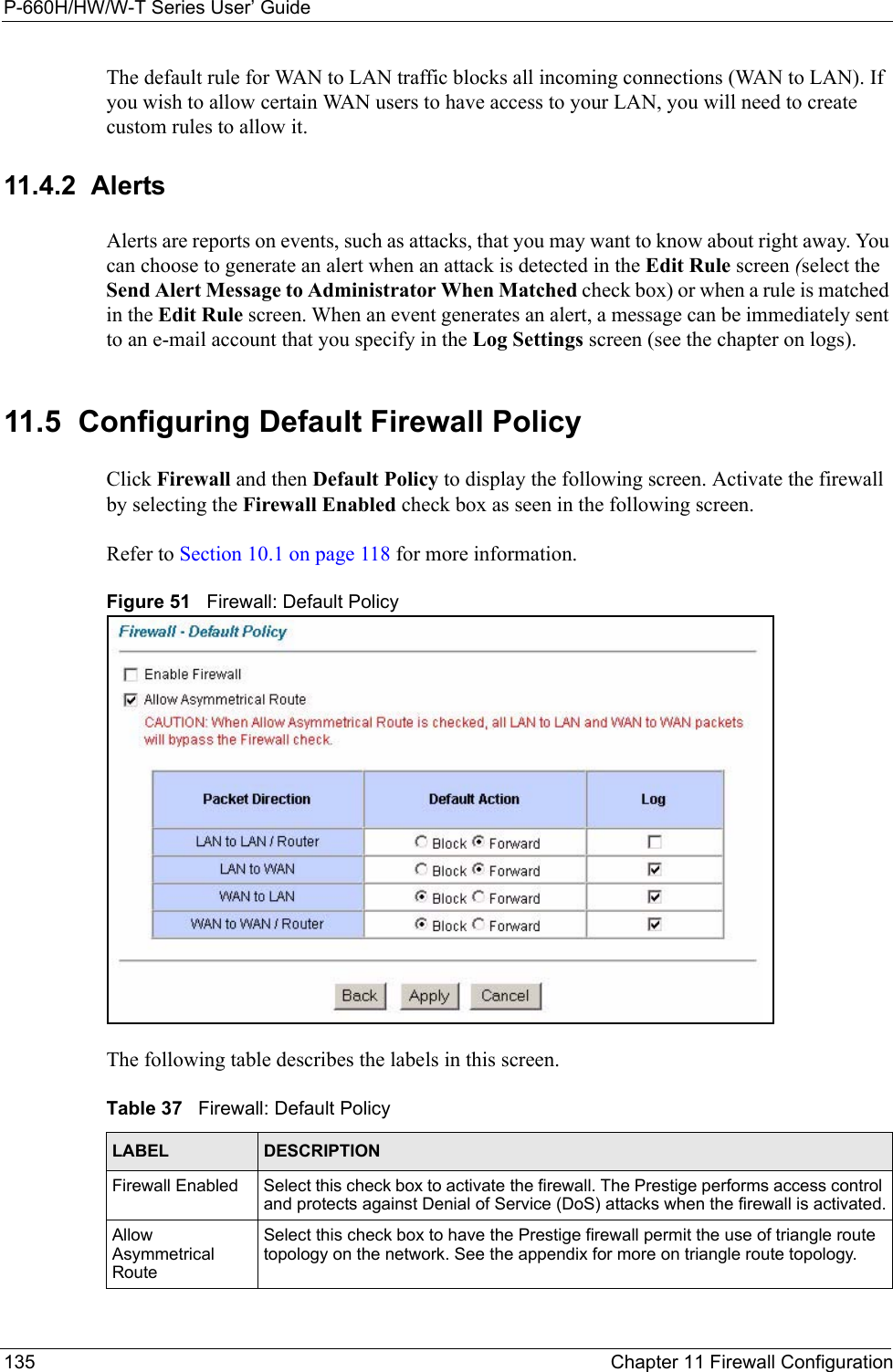
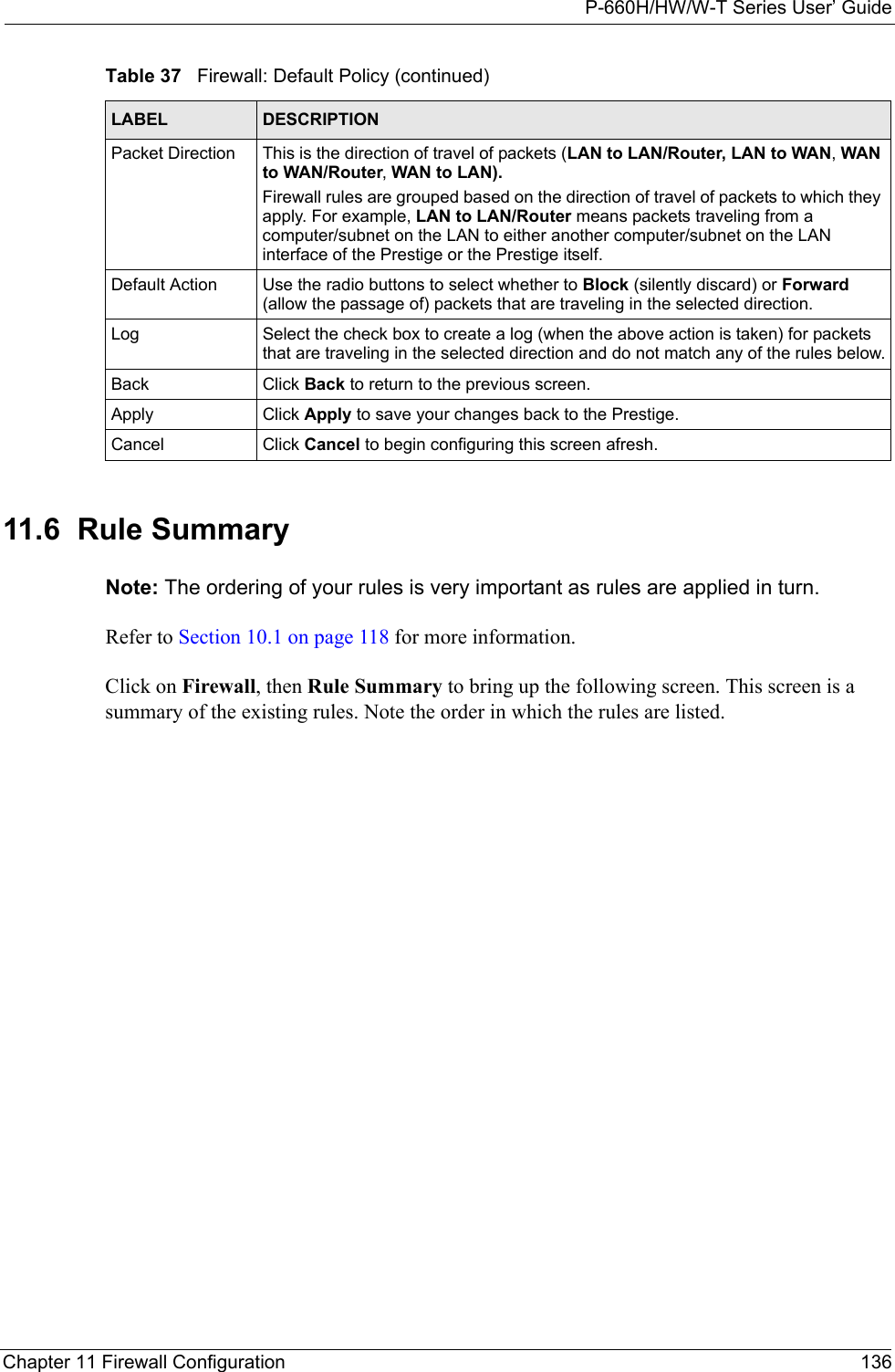
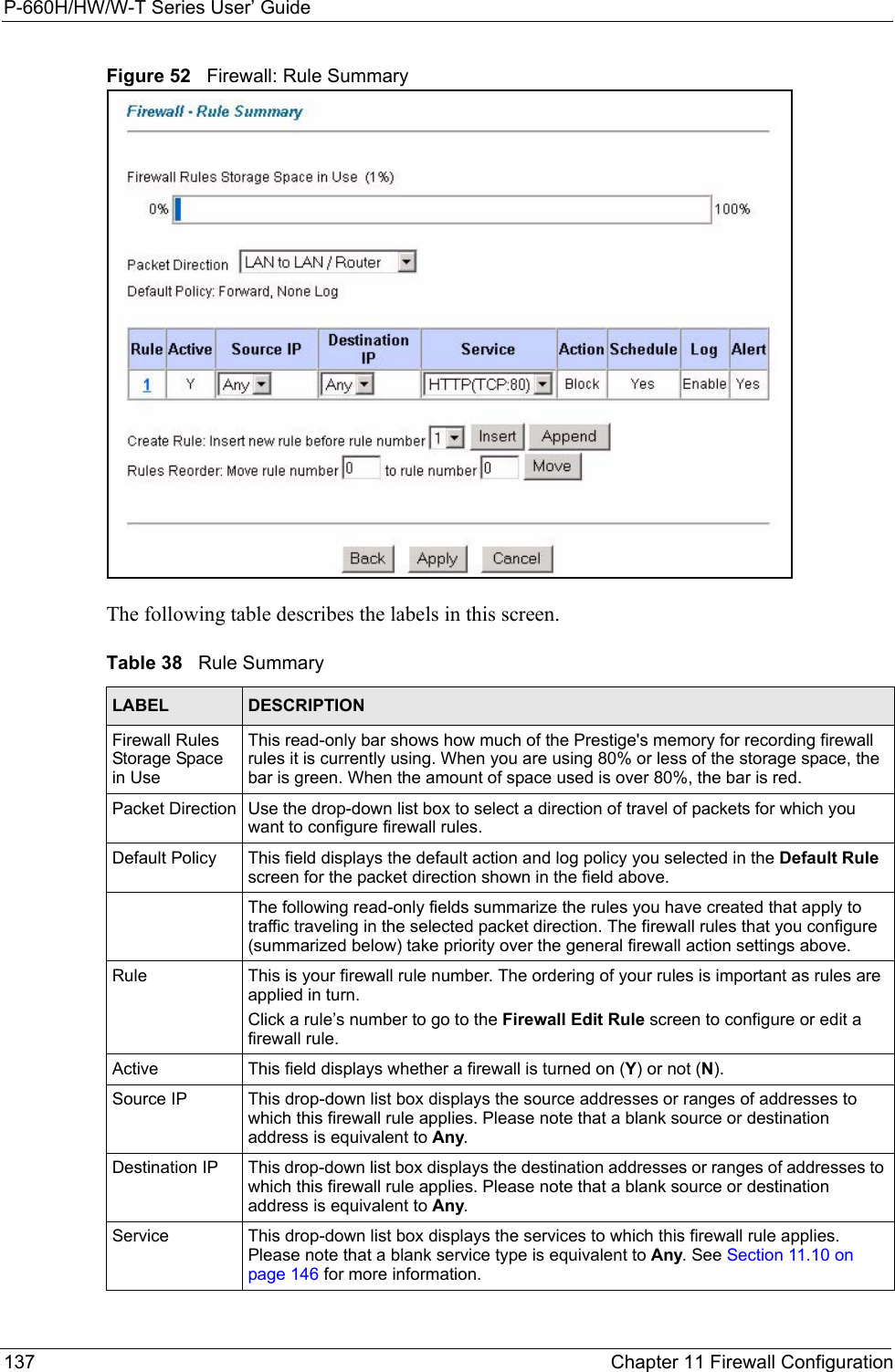
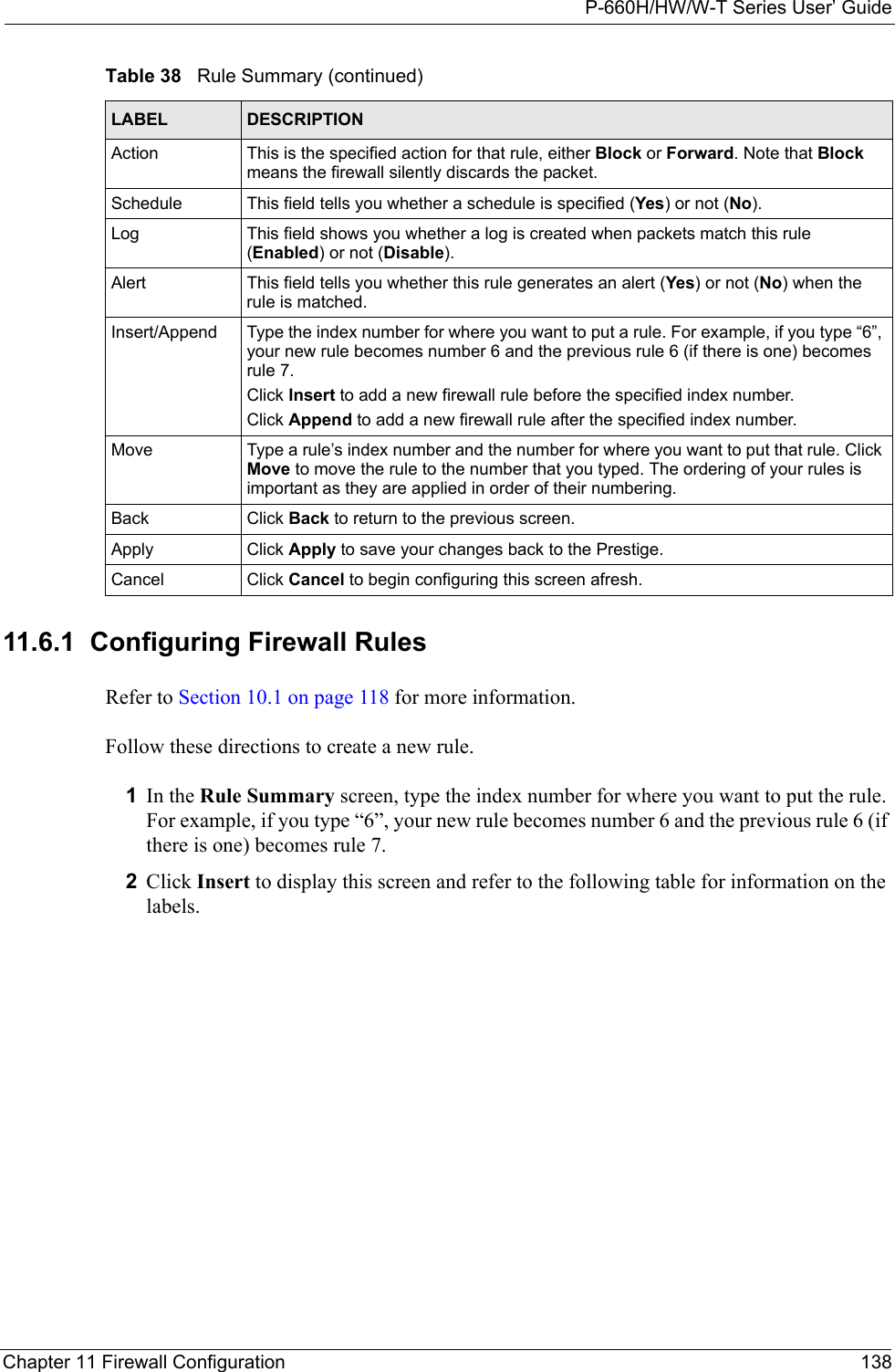
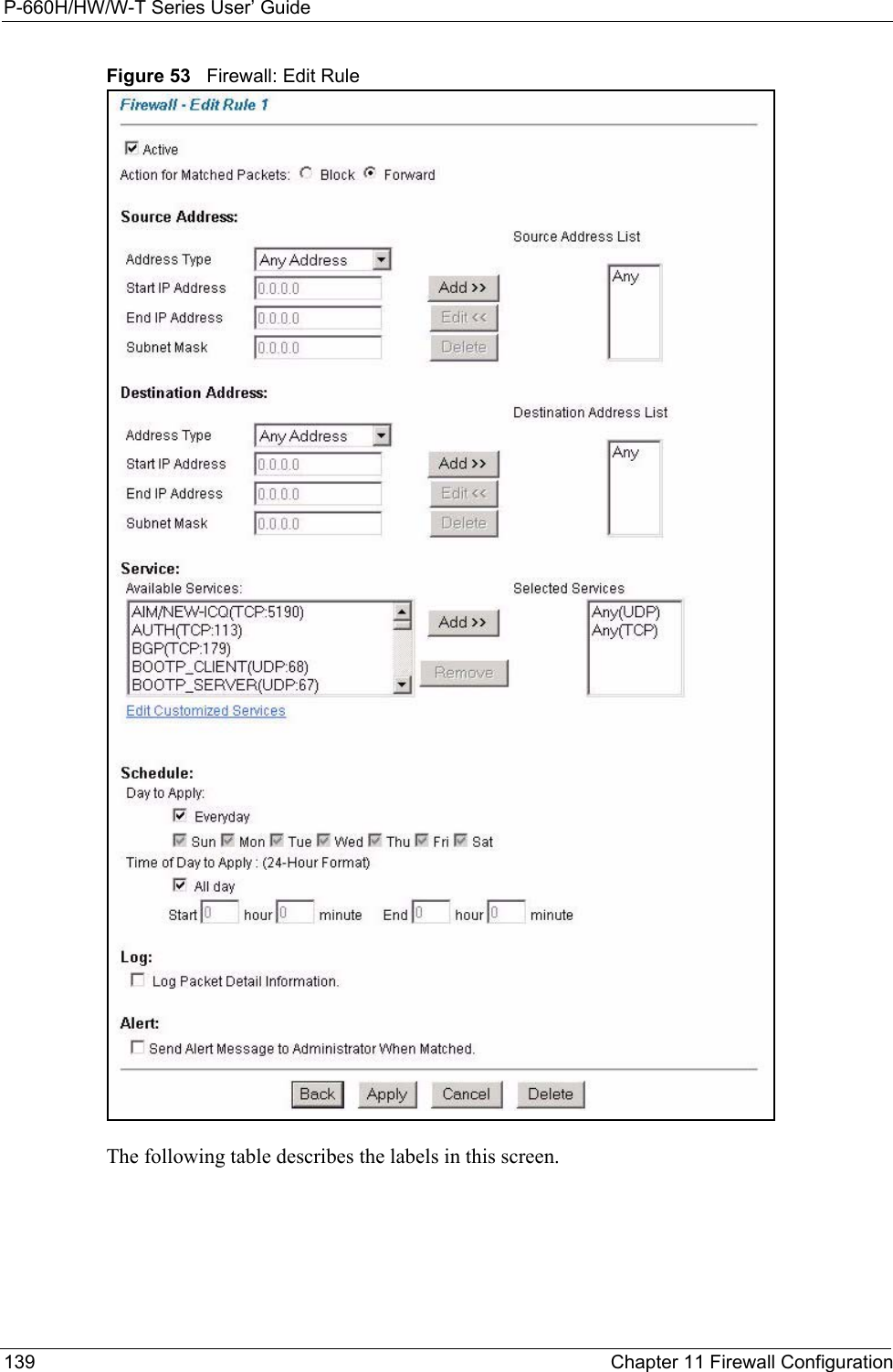
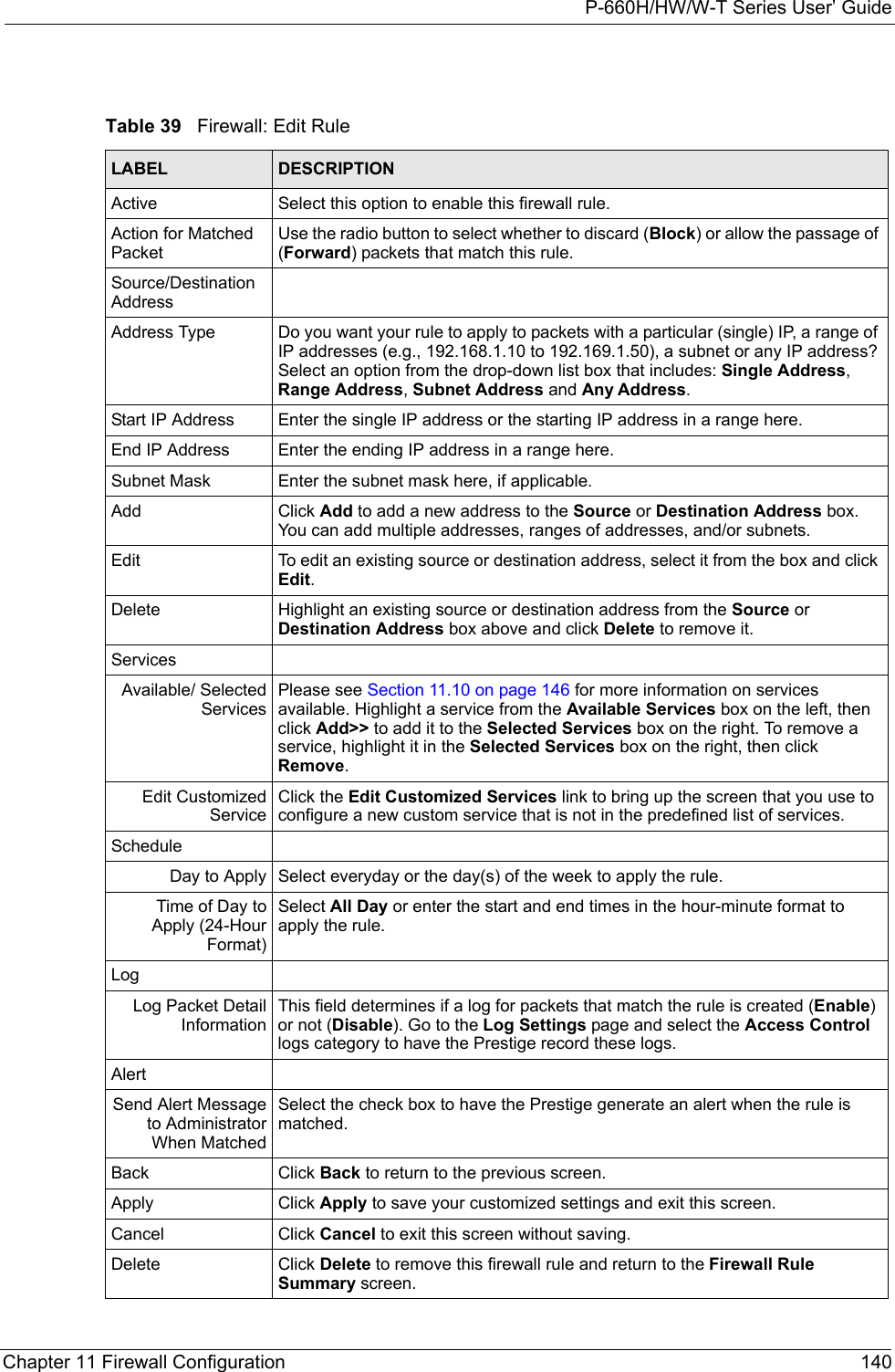
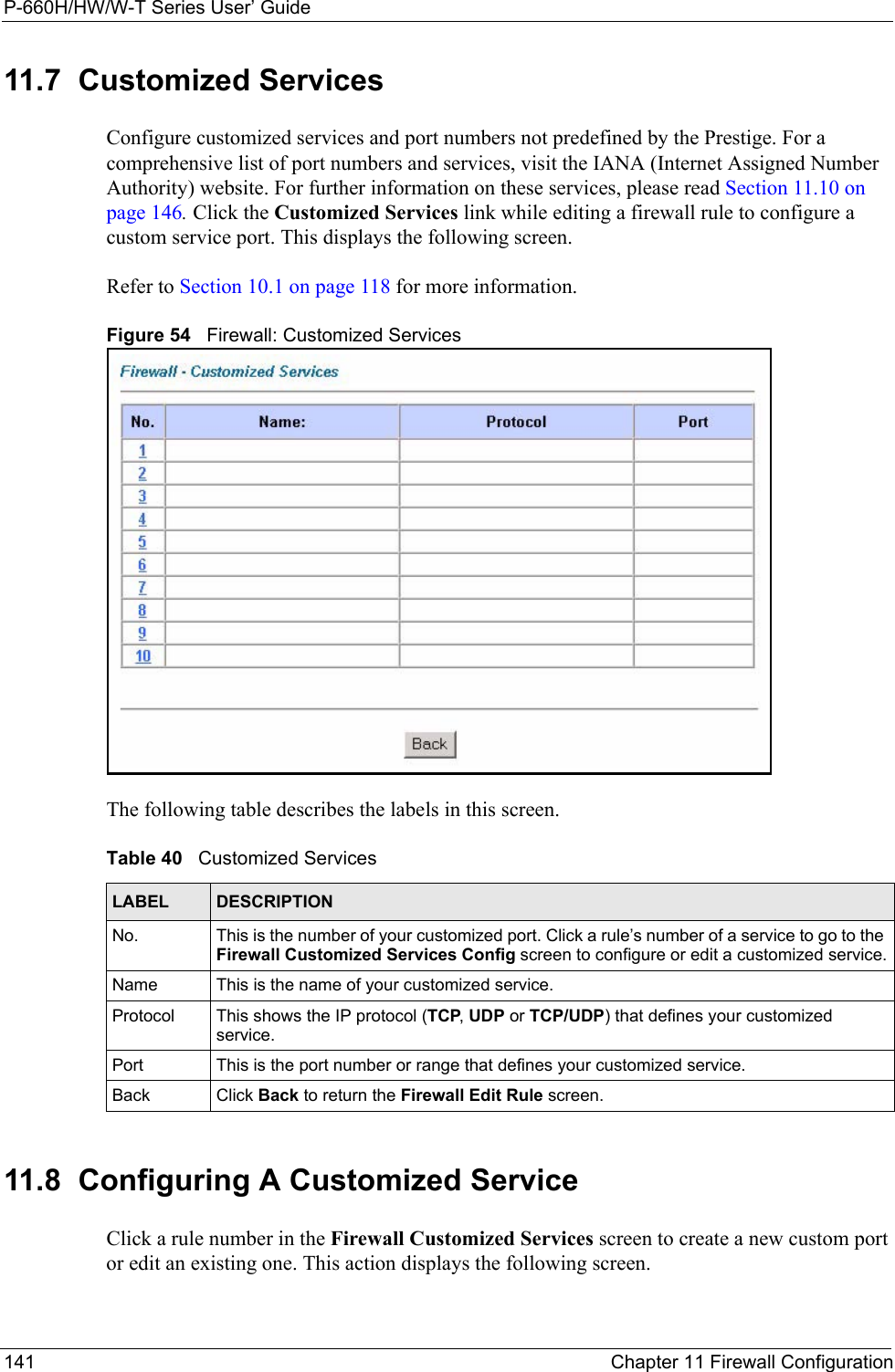
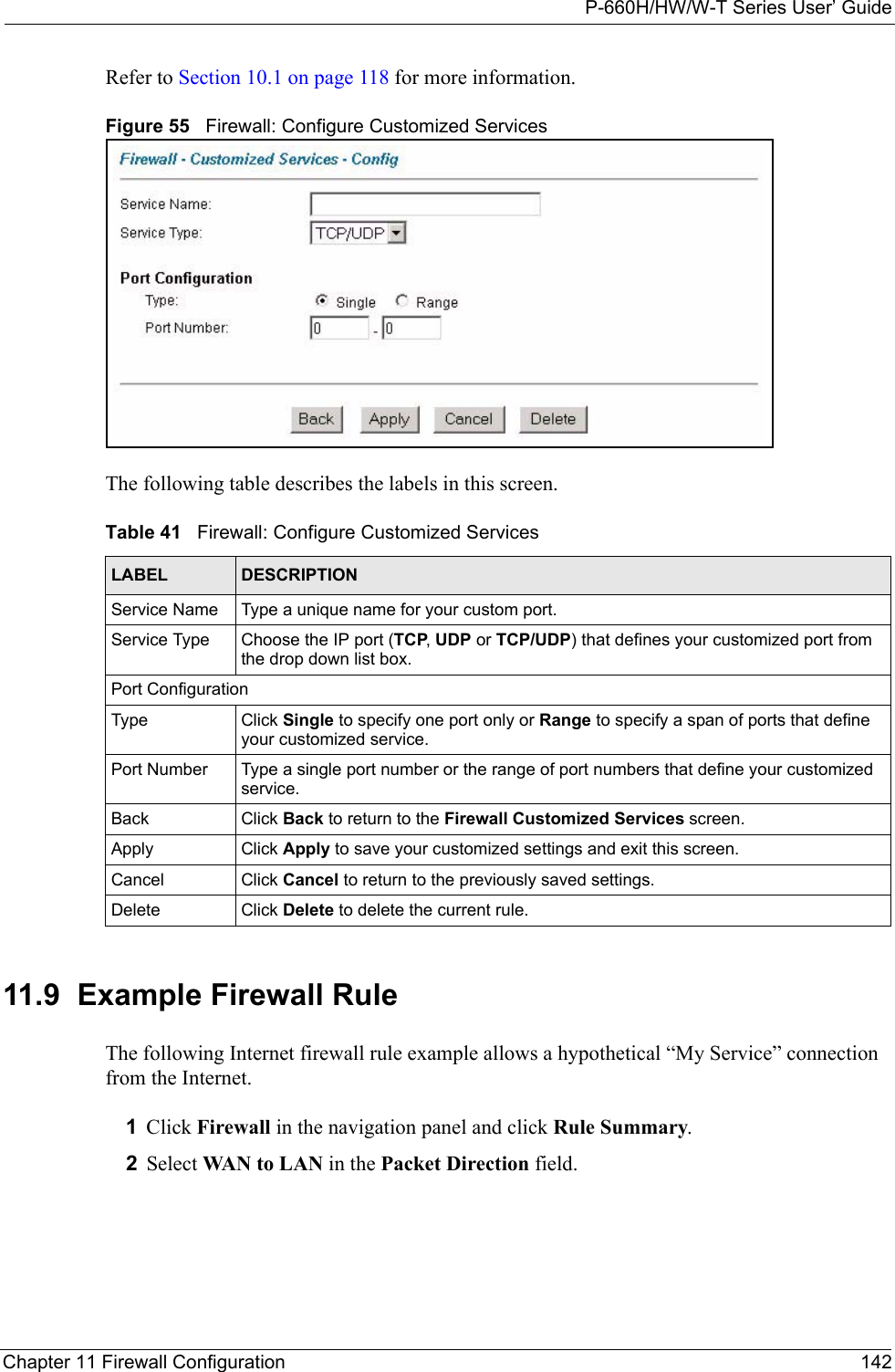
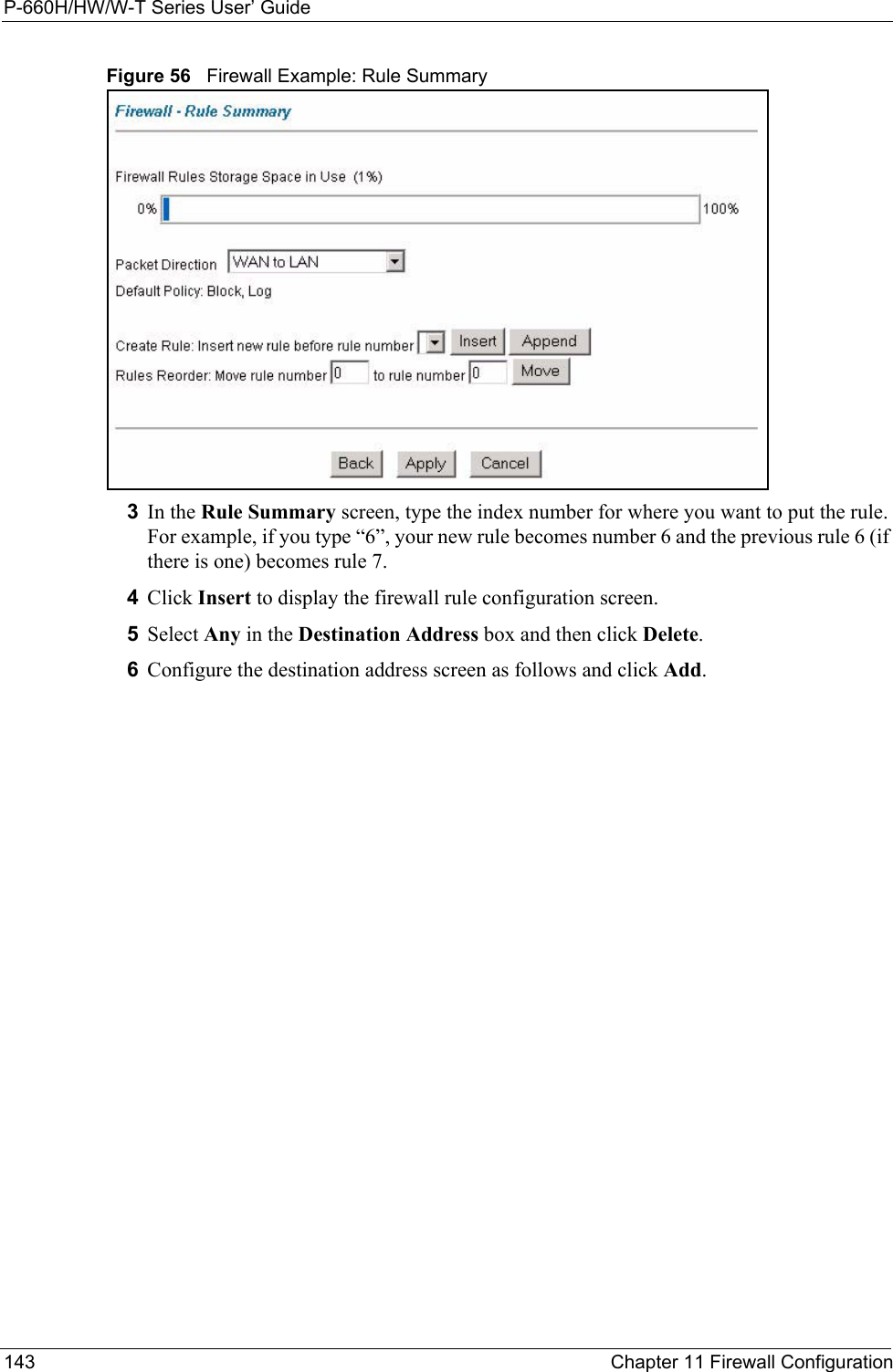
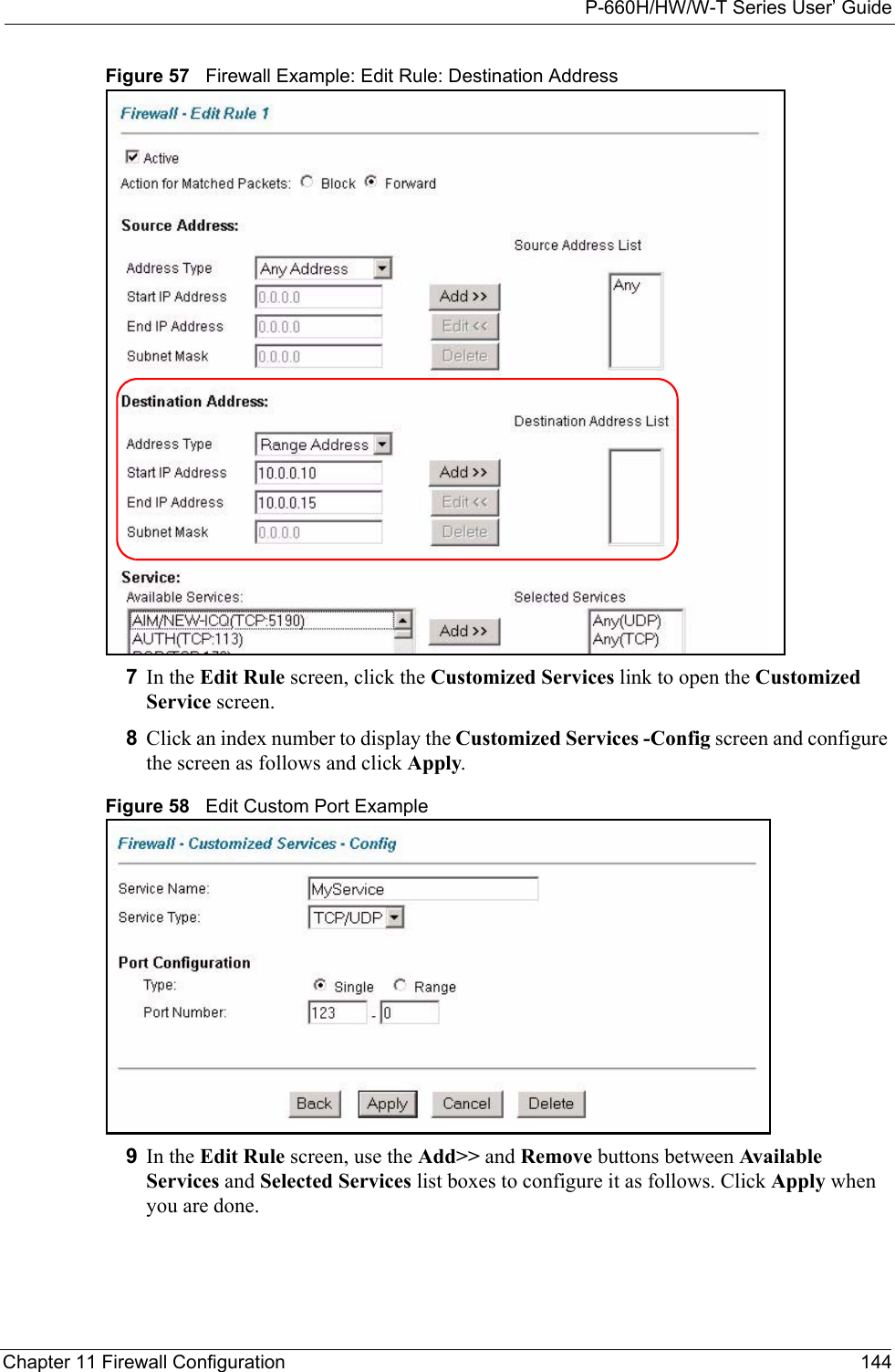
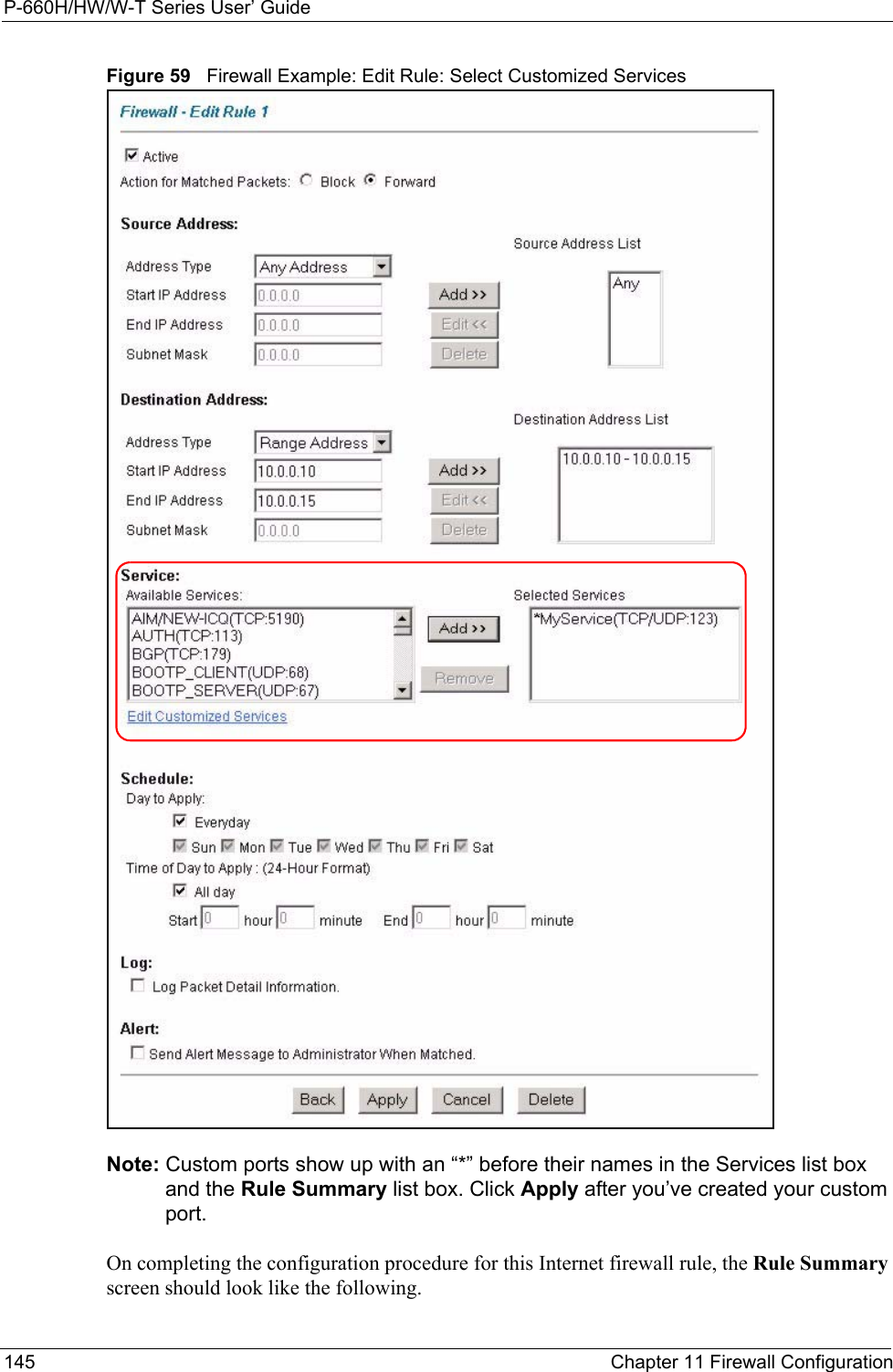
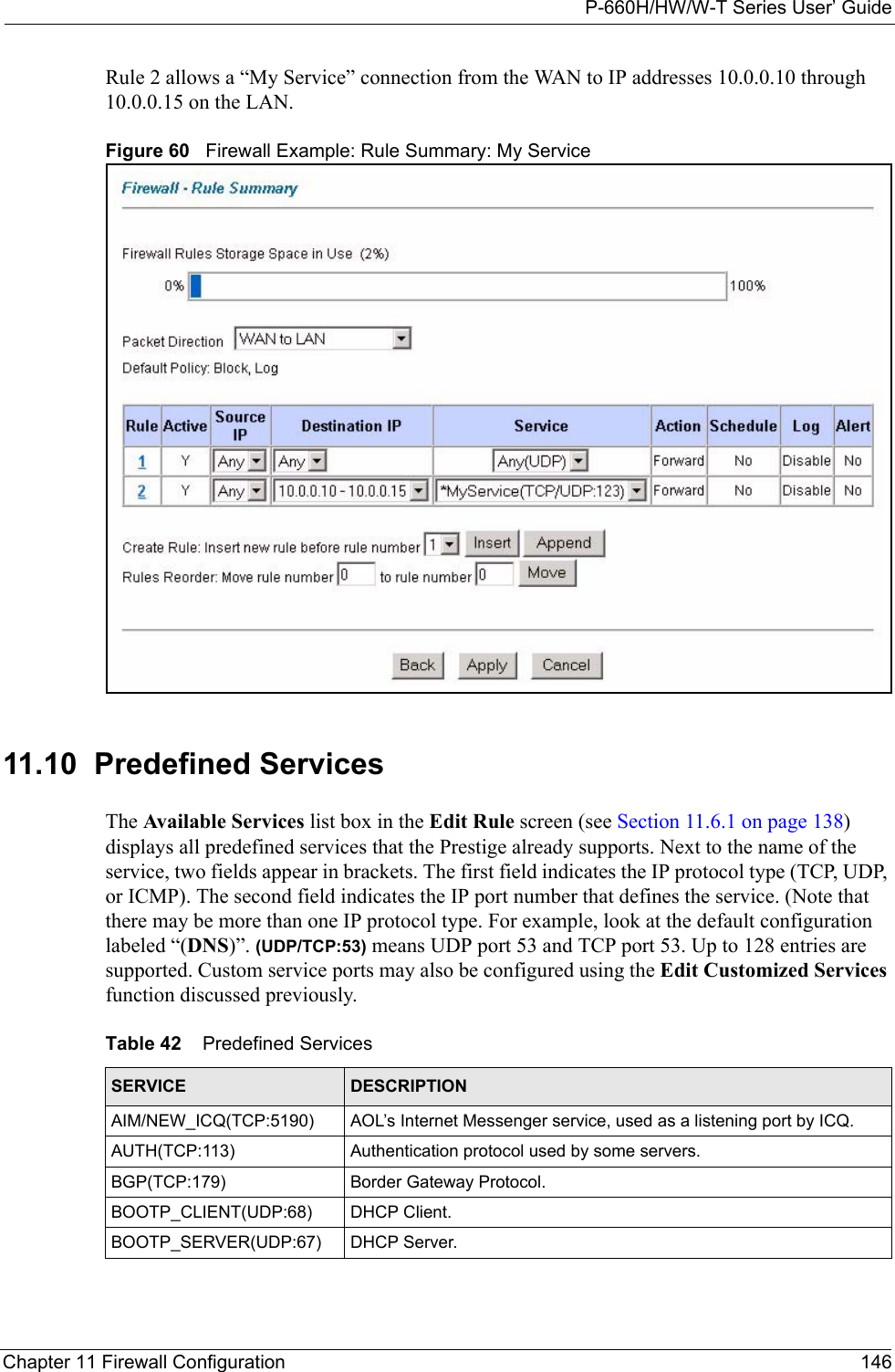
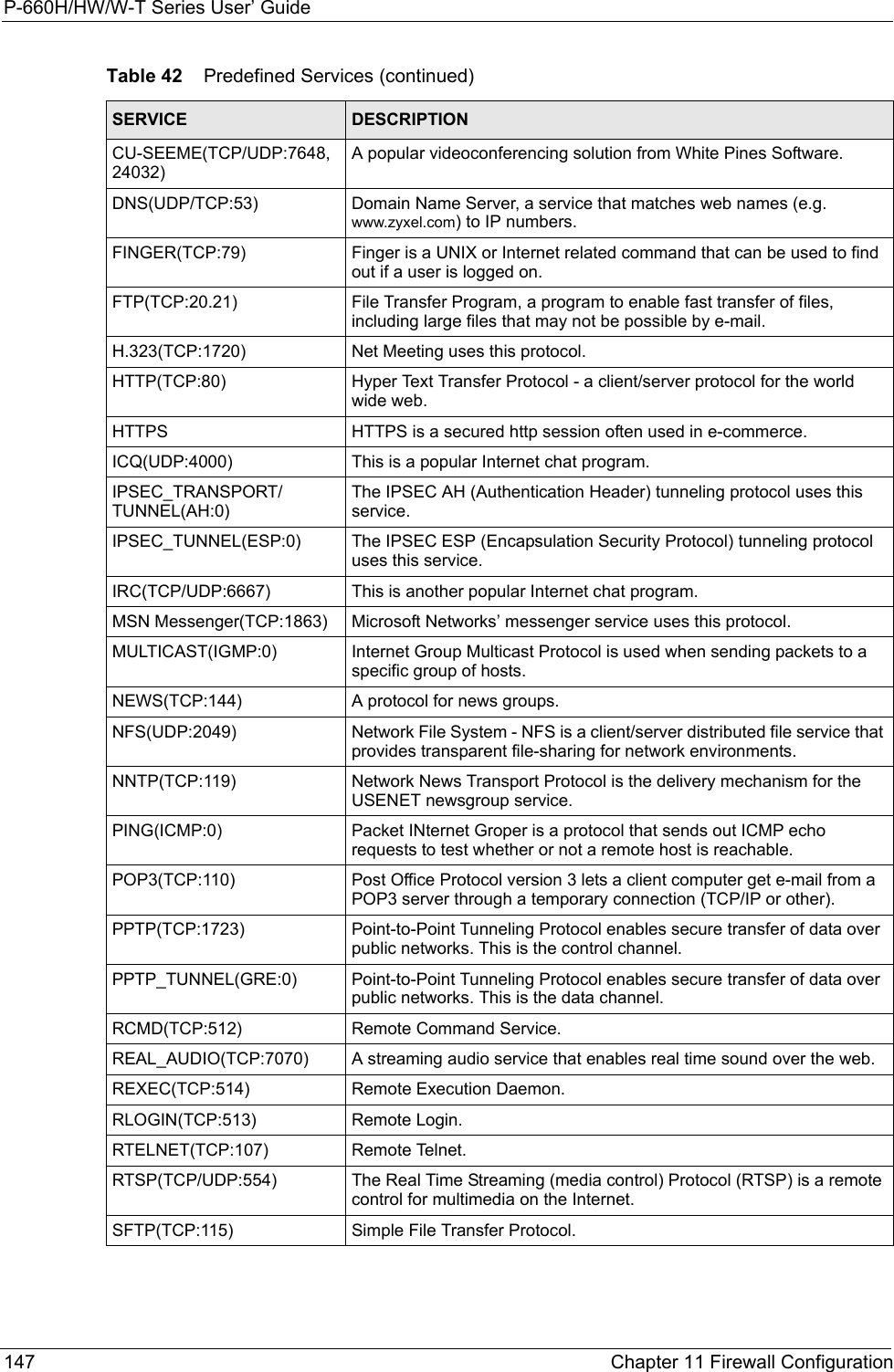
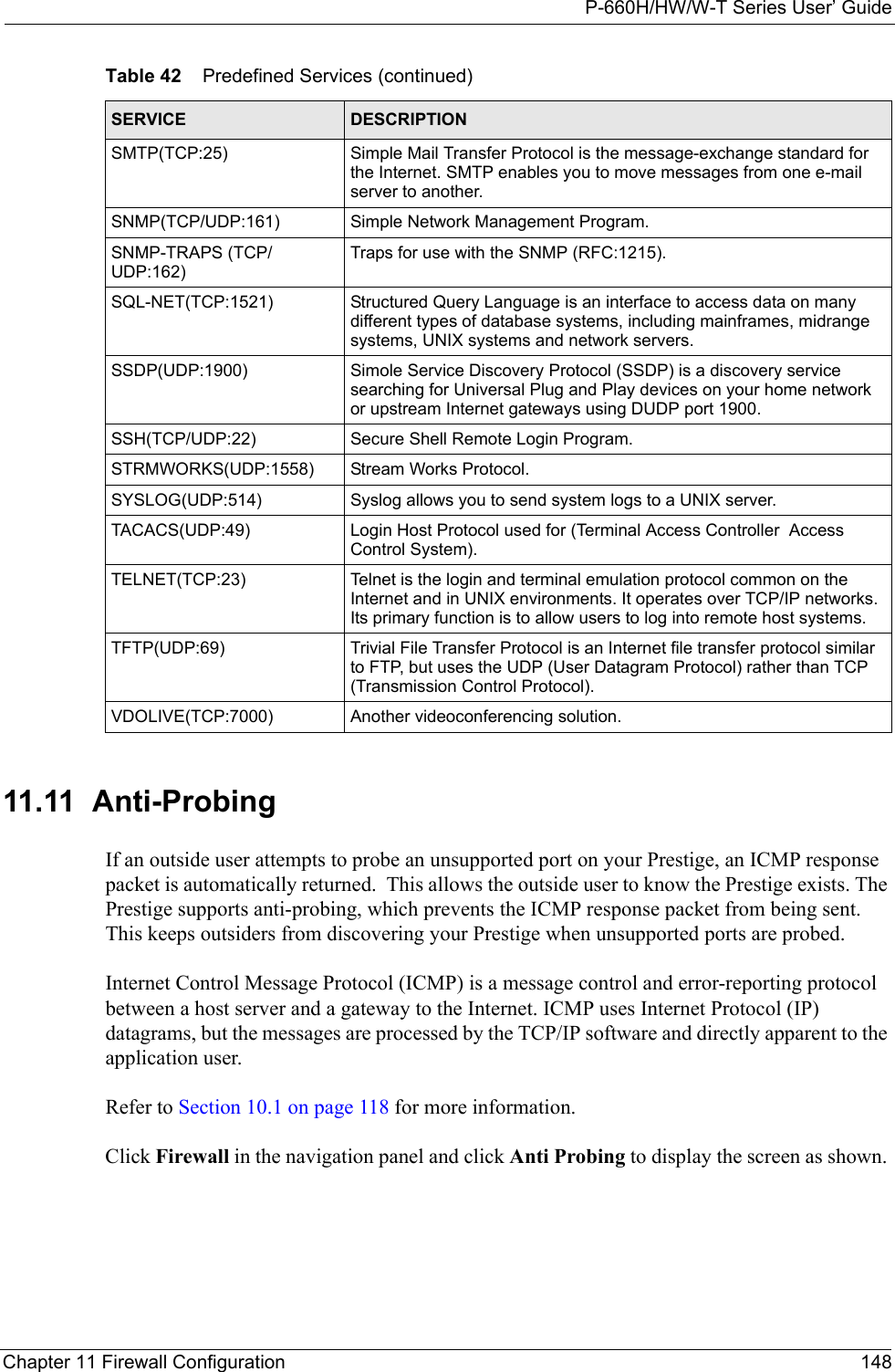
![P-660H/HW/W-T Series User’ Guide149 Chapter 11 Firewall ConfigurationFigure 61 Firewall: Anti ProbingThe following table describes the labels in this screen.11.12 DoS Thresholds For DoS attacks, the Prestige uses thresholds to determine when to drop sessions that do not become fully established. These thresholds apply globally to all sessions.You can use the default threshold values, or you can change them to values more suitable to your security requirements.Refer to Section 11.12.3 on page 151 to configure thresholds. Table 43 Firewall: Anti ProbingLABEL DESCRIPTIONRespond to PING onThe Prestige does not respond to any incoming Ping requests when Disable is selected. Select LAN to reply to incoming LAN Ping requests.Select WAN to reply to incoming WAN Ping requests. Otherwise select LAN & WAN to reply to both incoming LAN and WAN Ping requests. Do not respond to requests for unauthorized services.Select this option to prevent hackers from finding the Prestige by probing for unused ports. If you select this option, the Prestige will not respond to port request(s) for unused ports, thus leaving the unused ports and the Prestige unseen. By default this option is not selected and the Prestige will reply with an ICMP Port Unreachable packet for a port probe on its unused UDP ports, and a TCP Reset packet for a port probe on its unused TCP ports. Note that the probing packets must first traverse the Prestige 's firewall mechanism before reaching this anti-probing mechanism. Therefore if the firewall mechanism blocks a probing packet, the Prestige reacts based on the firewall policy, which by default, is to send a TCP reset packet for a blocked TCP packet. You can use the command "sys firewall tcprst rst [on|off]" to change this policy. When the firewall mechanism blocks a UDP packet, it drops the packet without sending a response packet.Back Click Back to return to the previous screen. Apply Click Apply to save your changes back to the Prestige.Reset Click Reset to begin configuring this screen afresh.](https://usermanual.wiki/ZyXEL-Communications/P660HWTX.Users-Manual-2/User-Guide-566051-Page-38.png)
